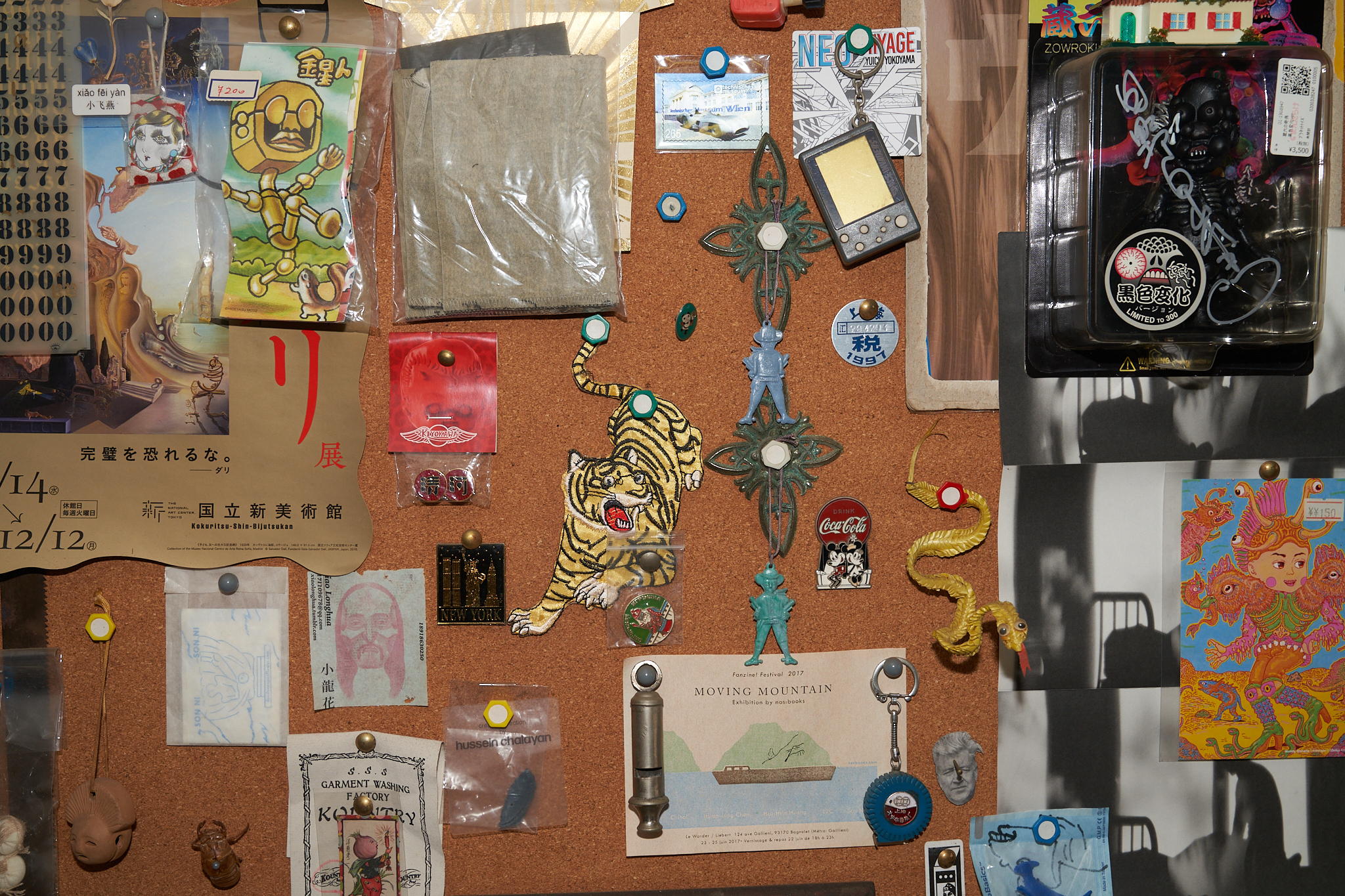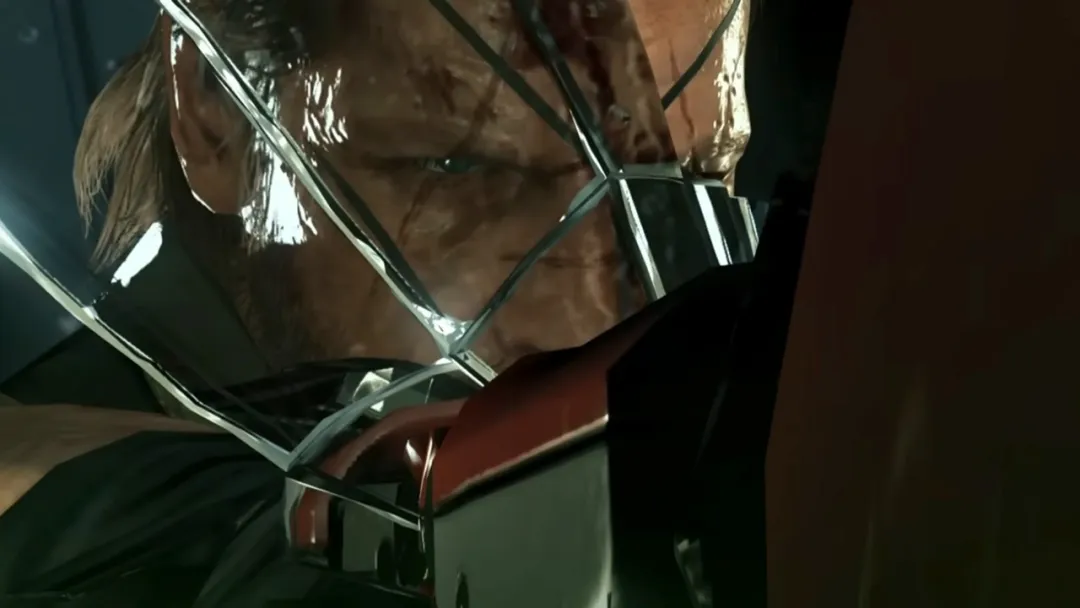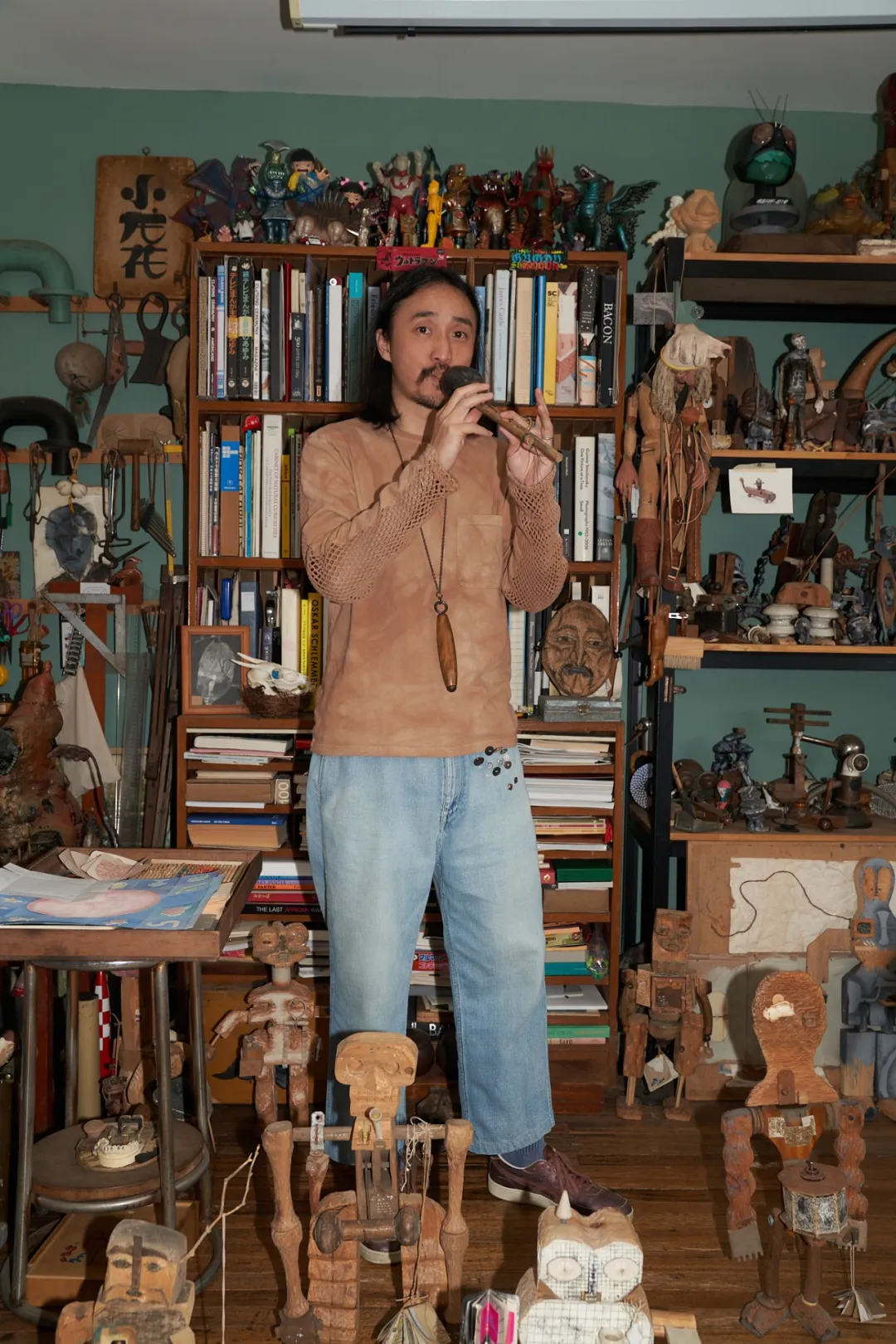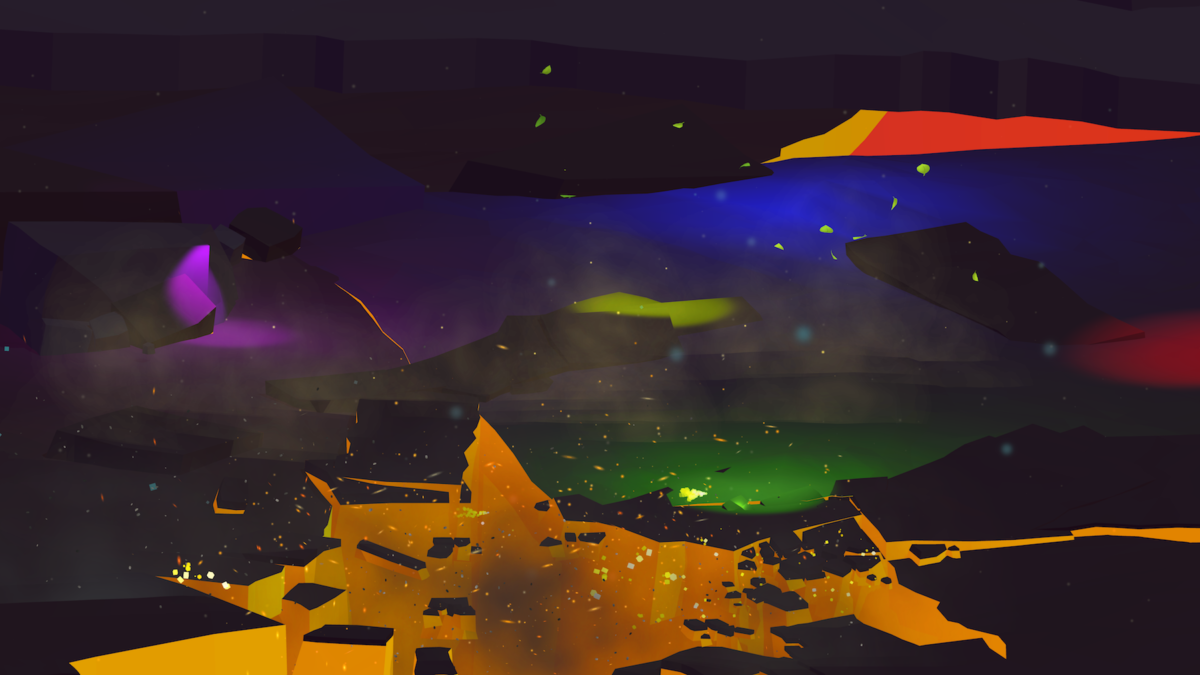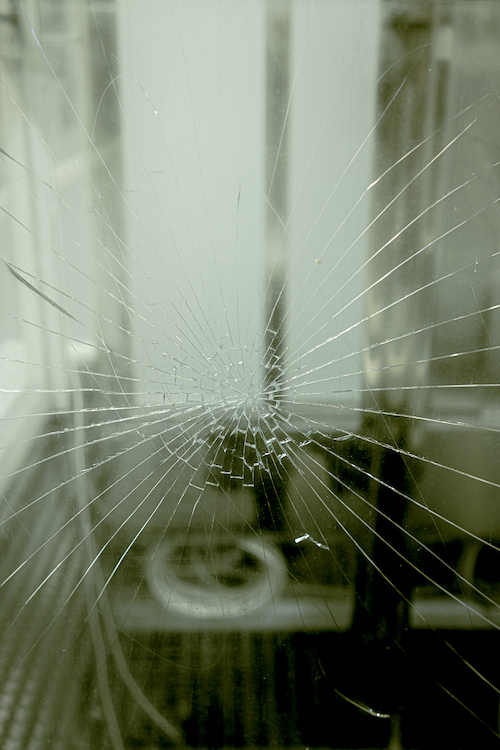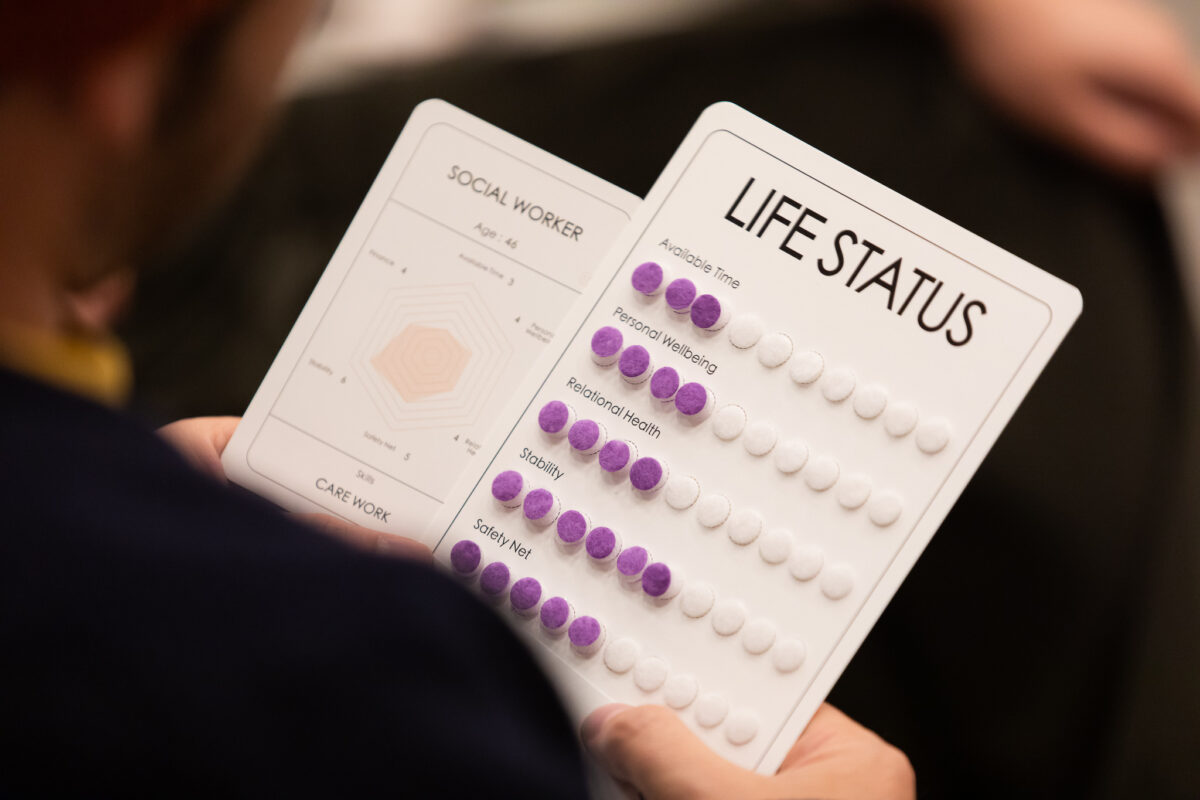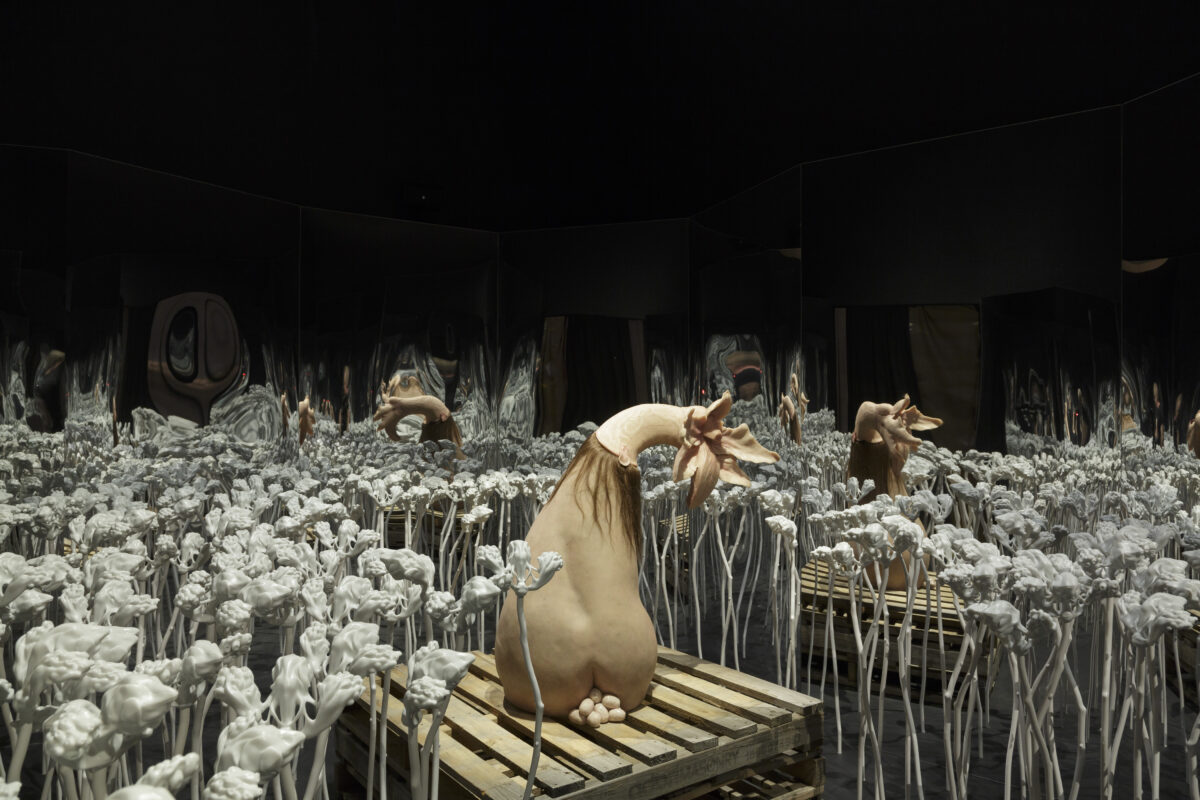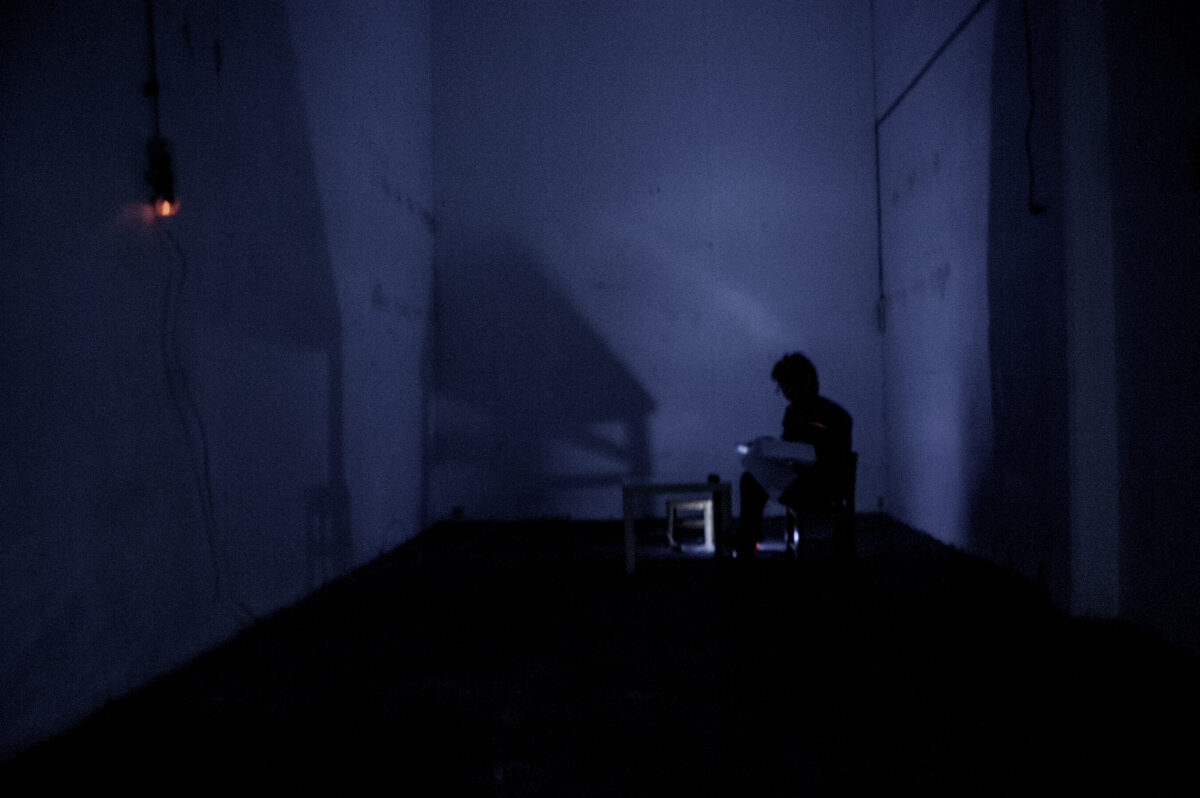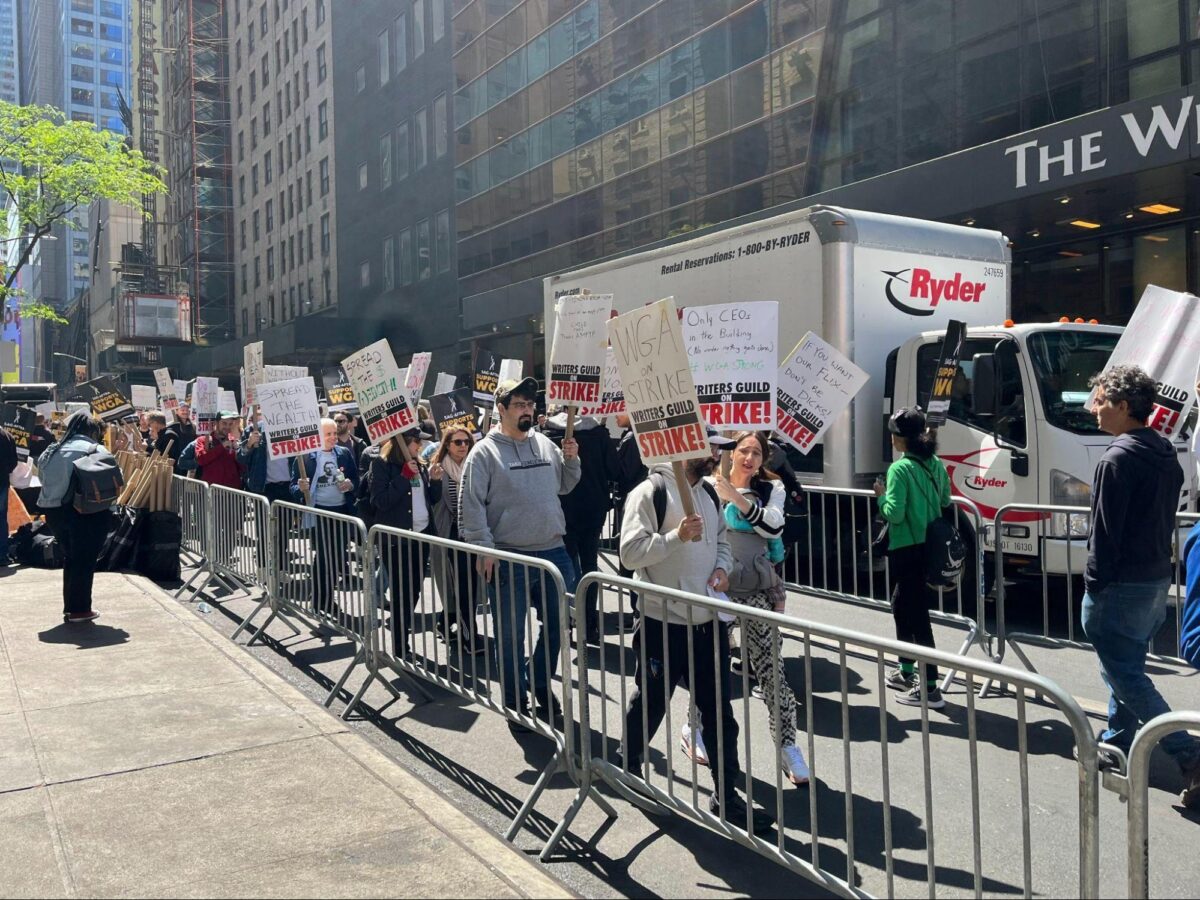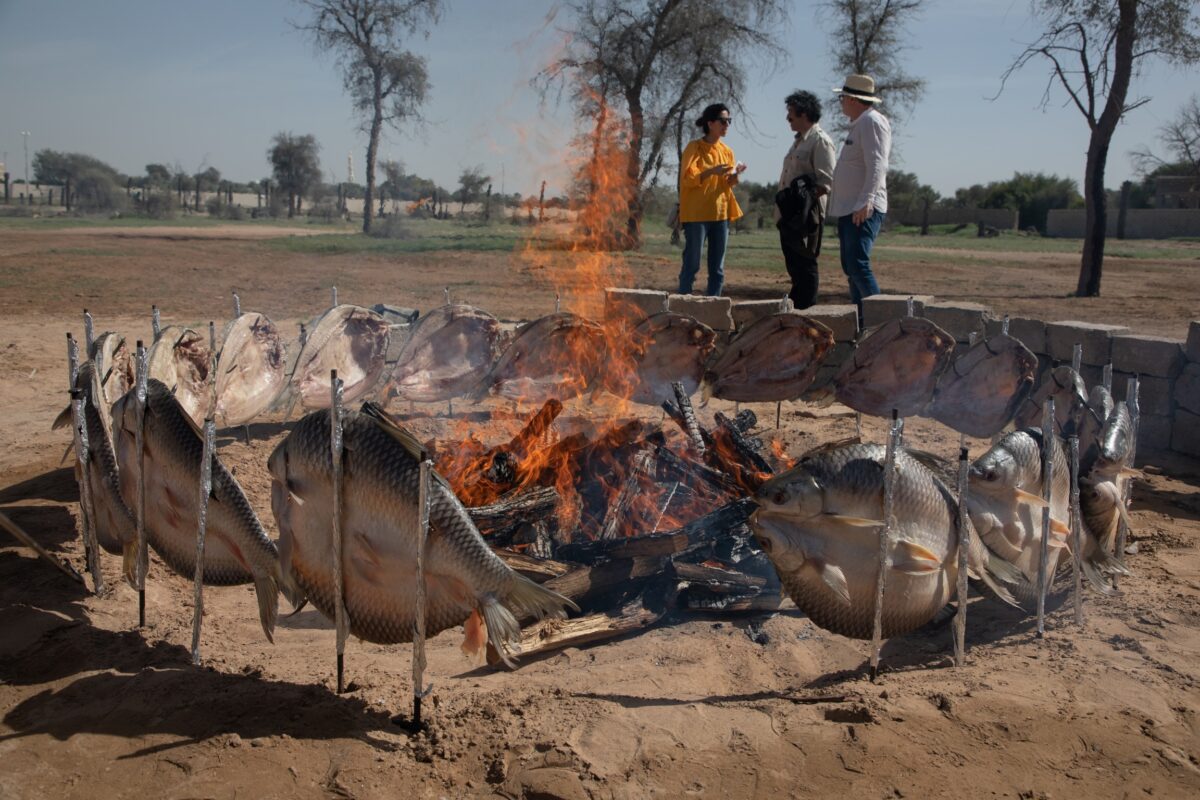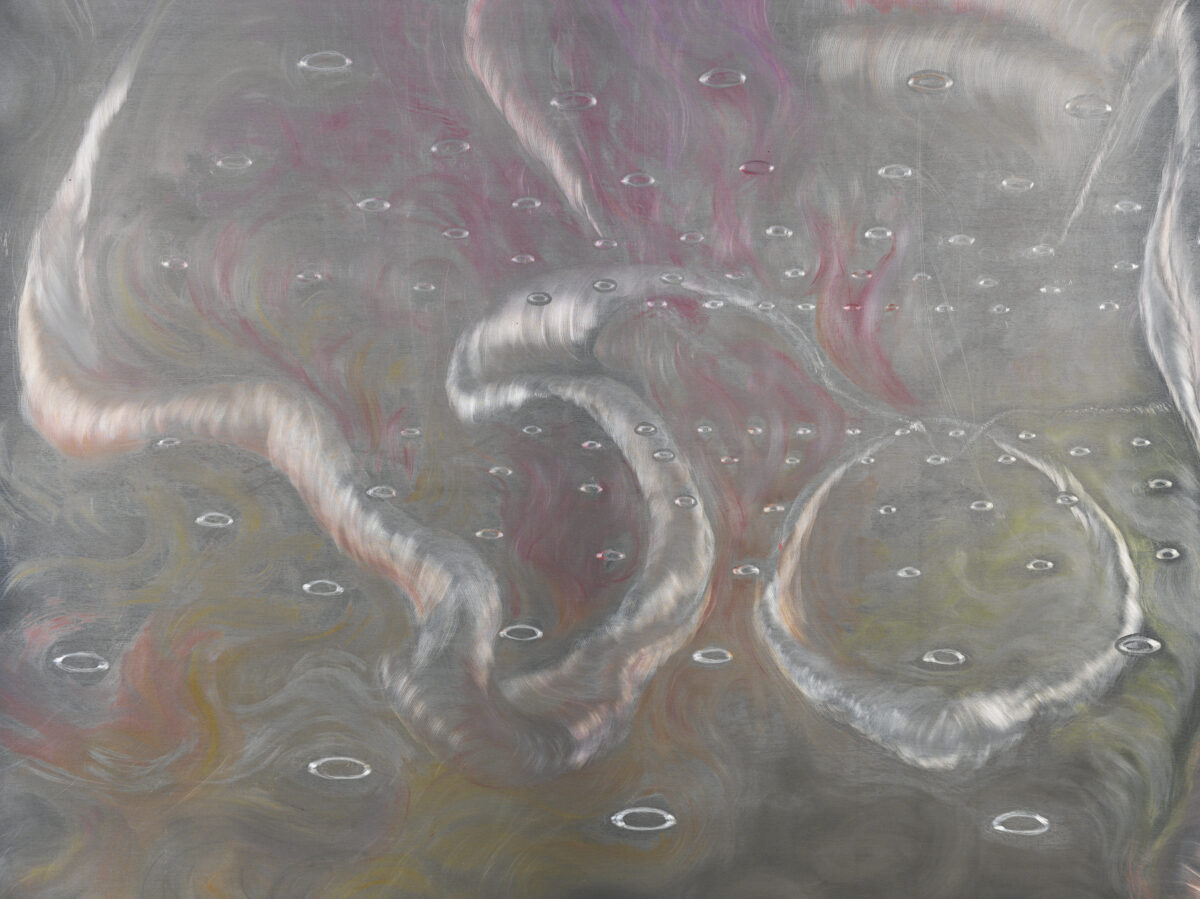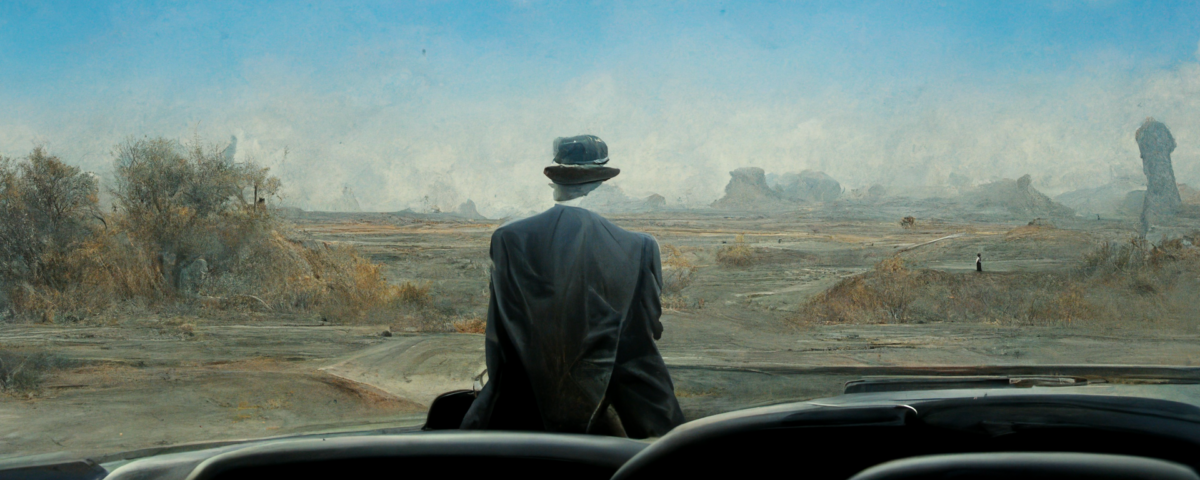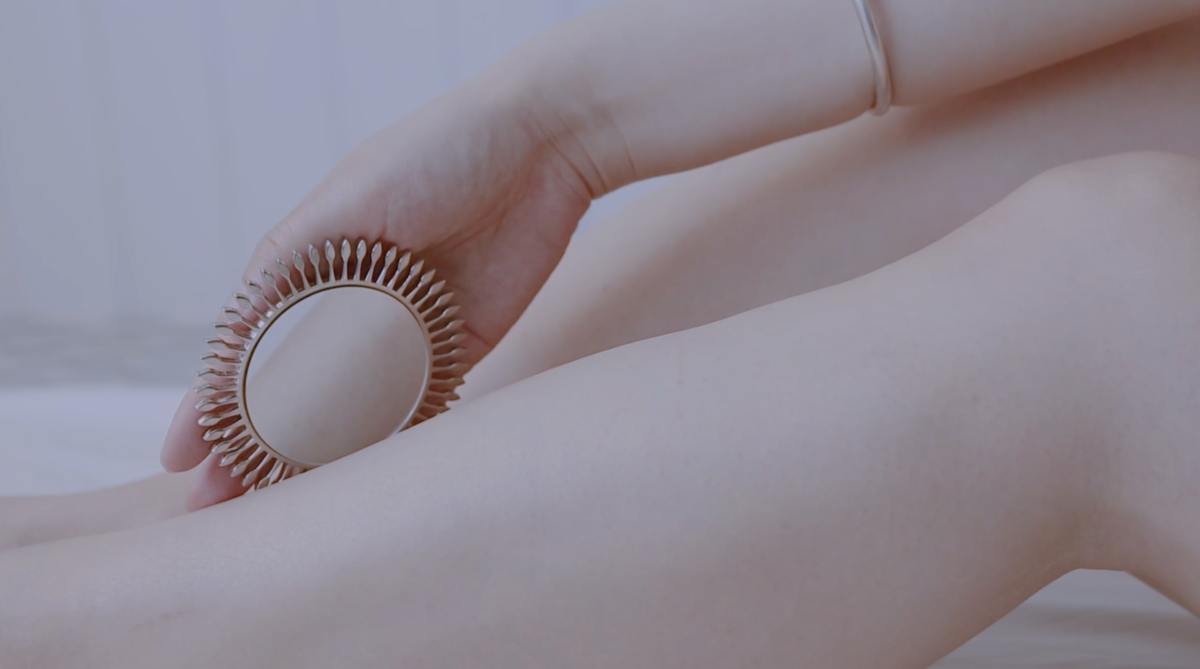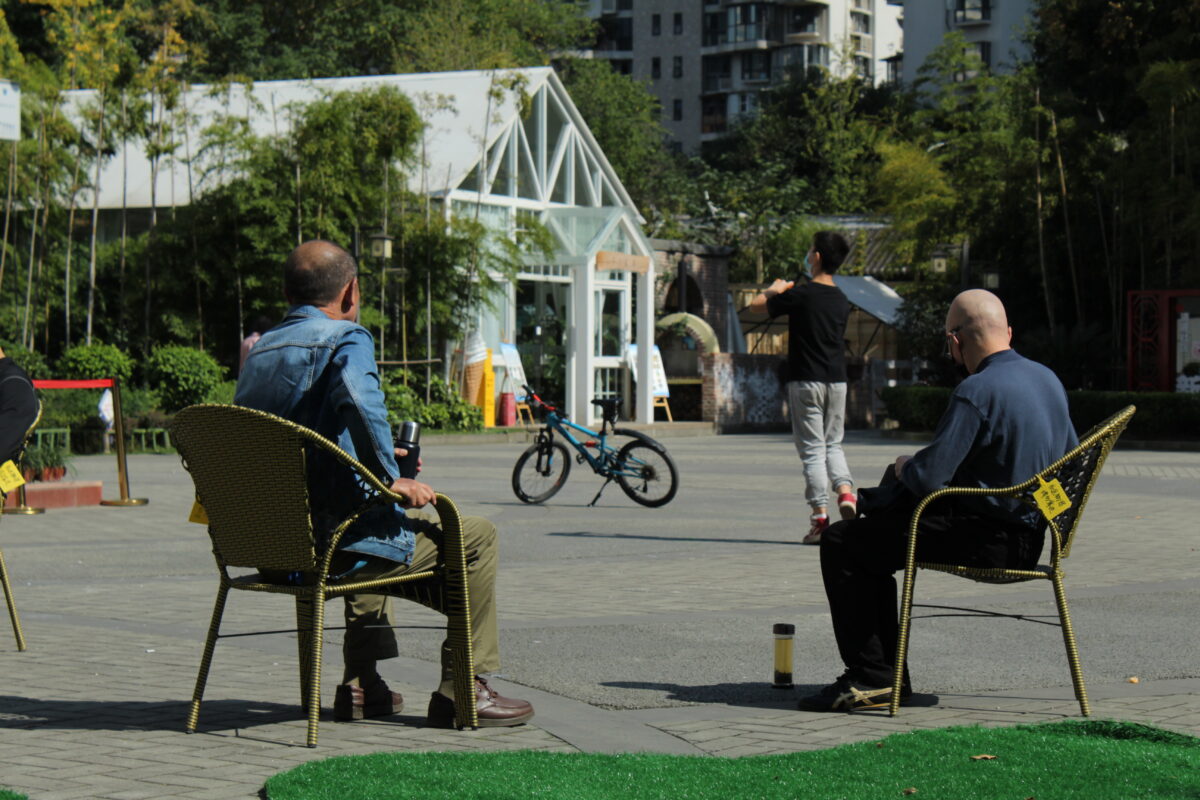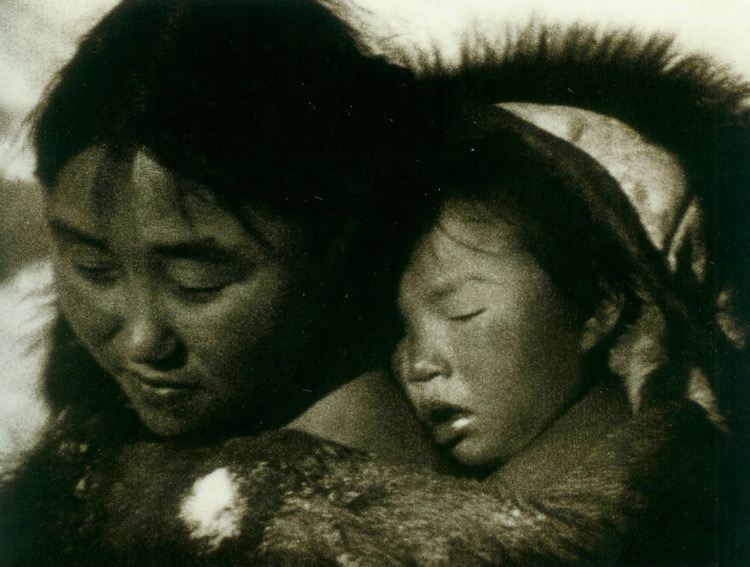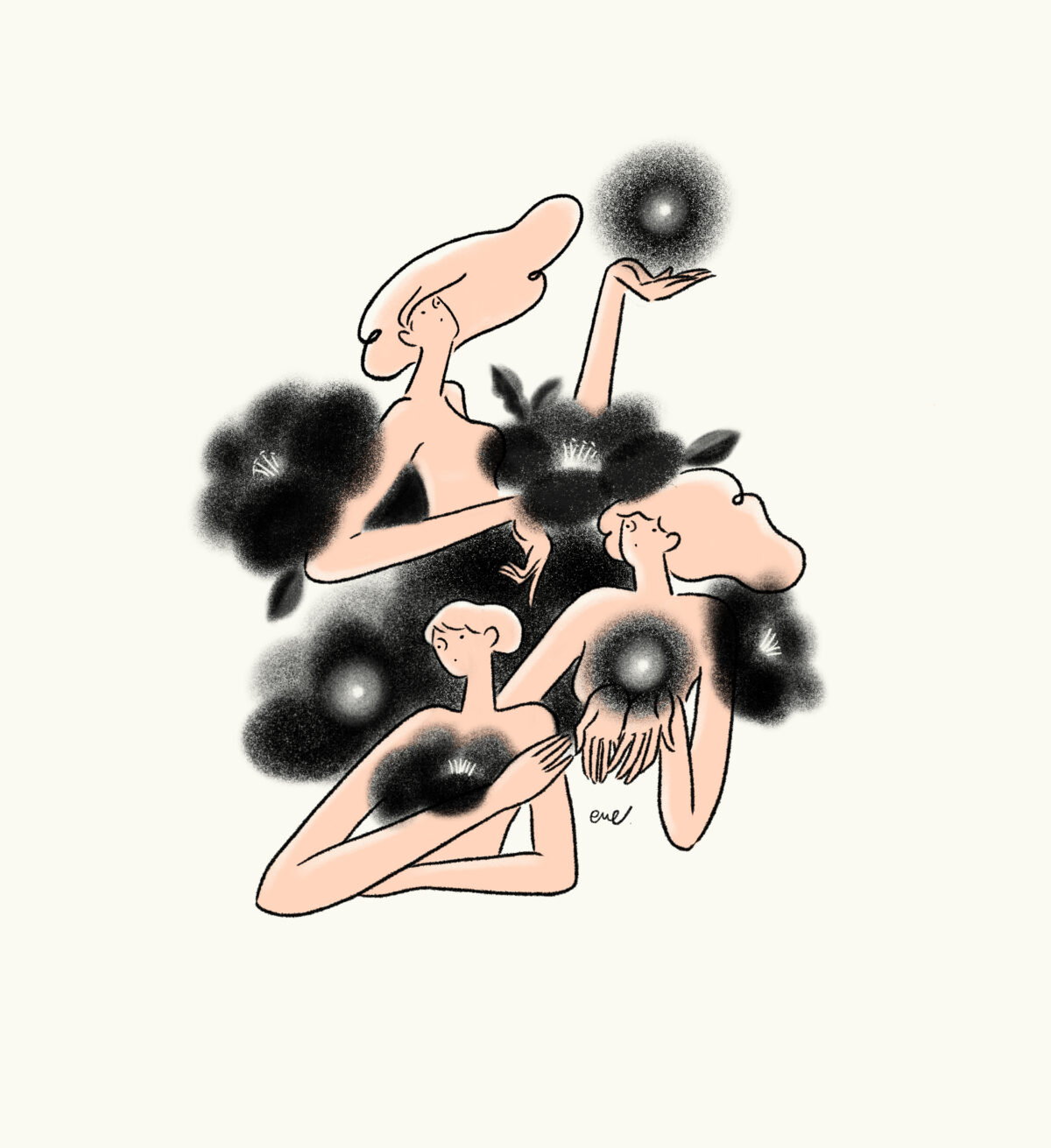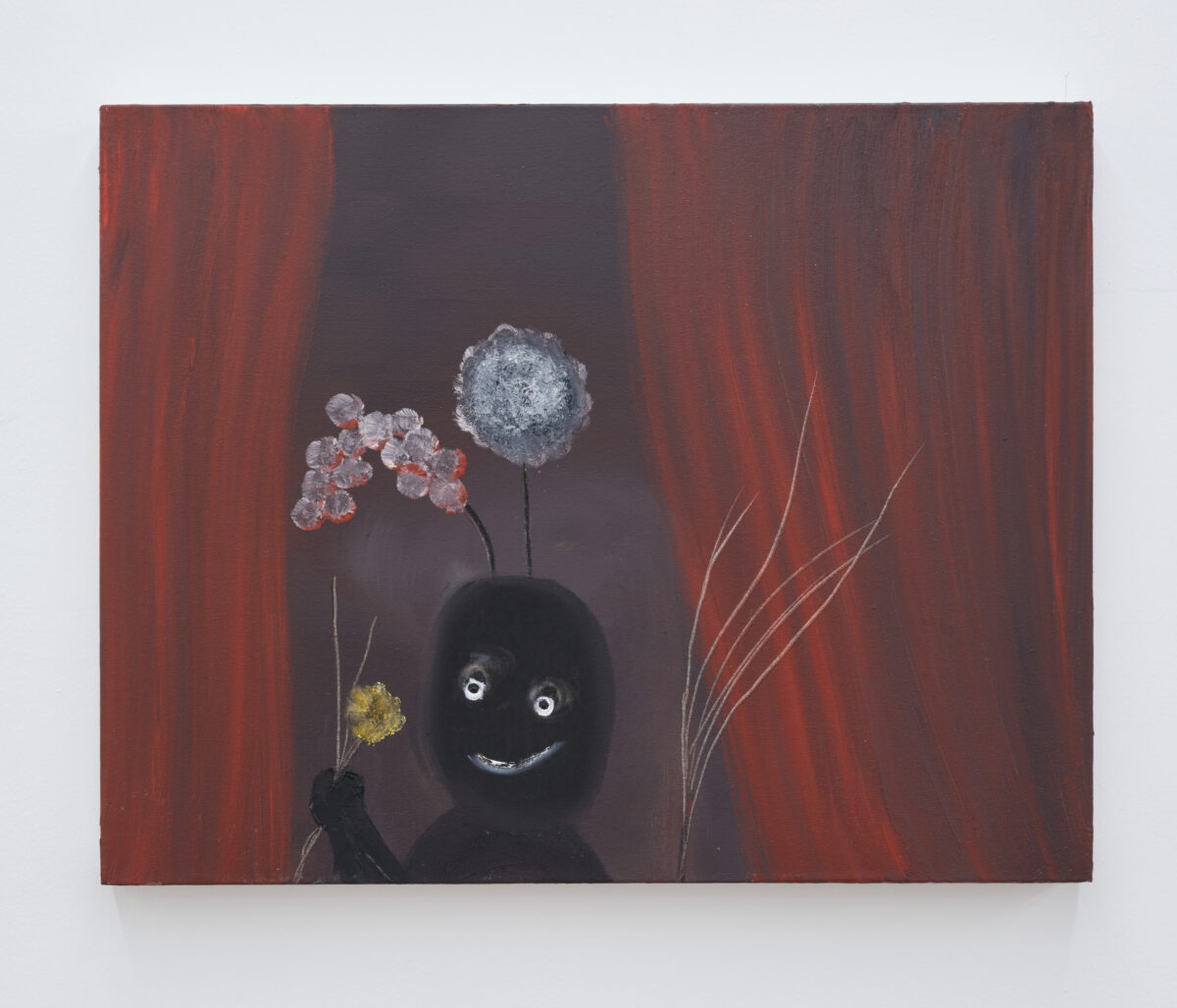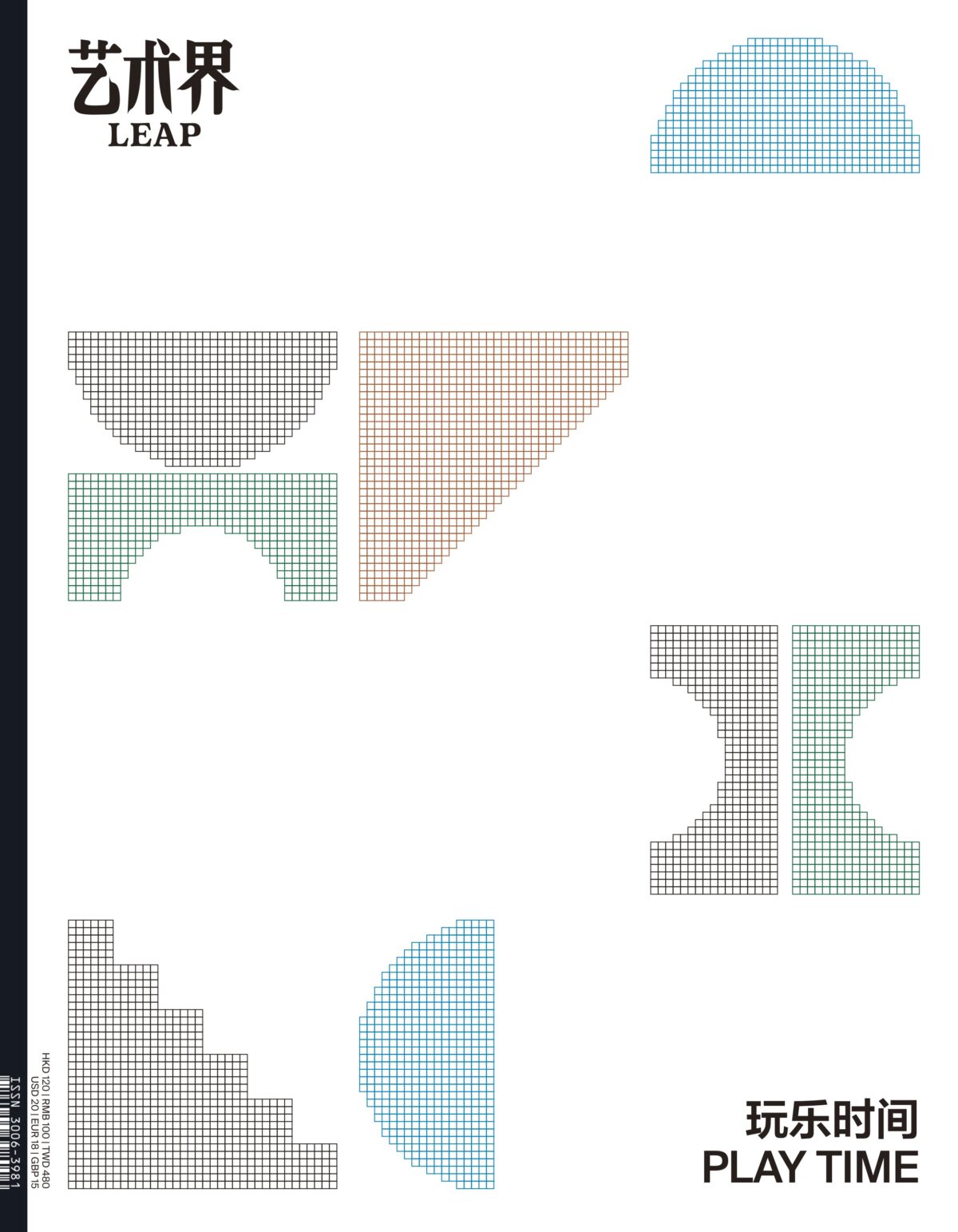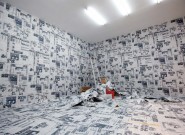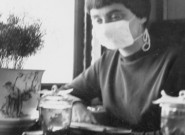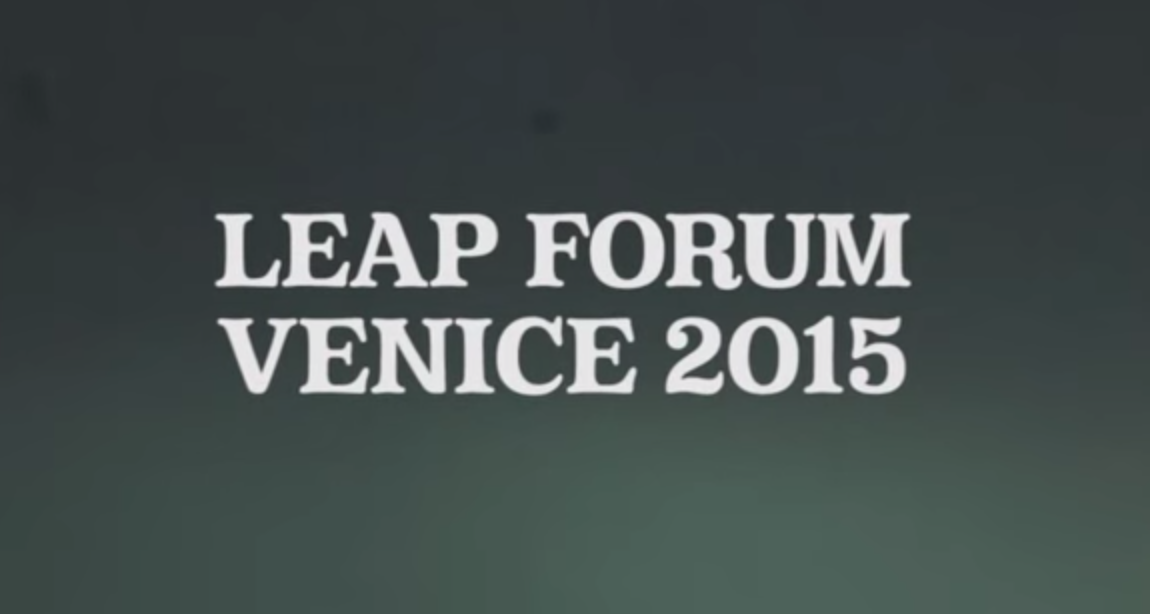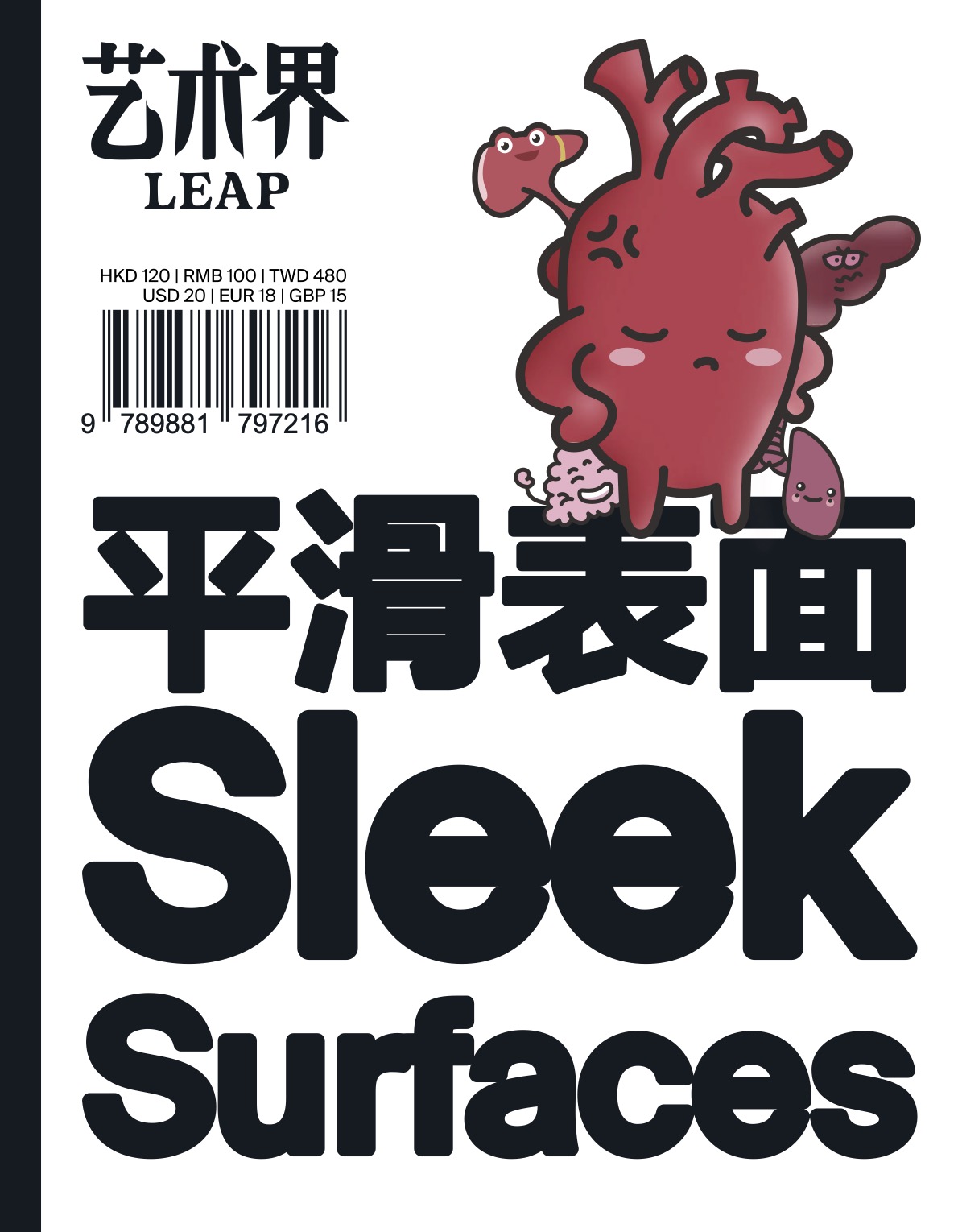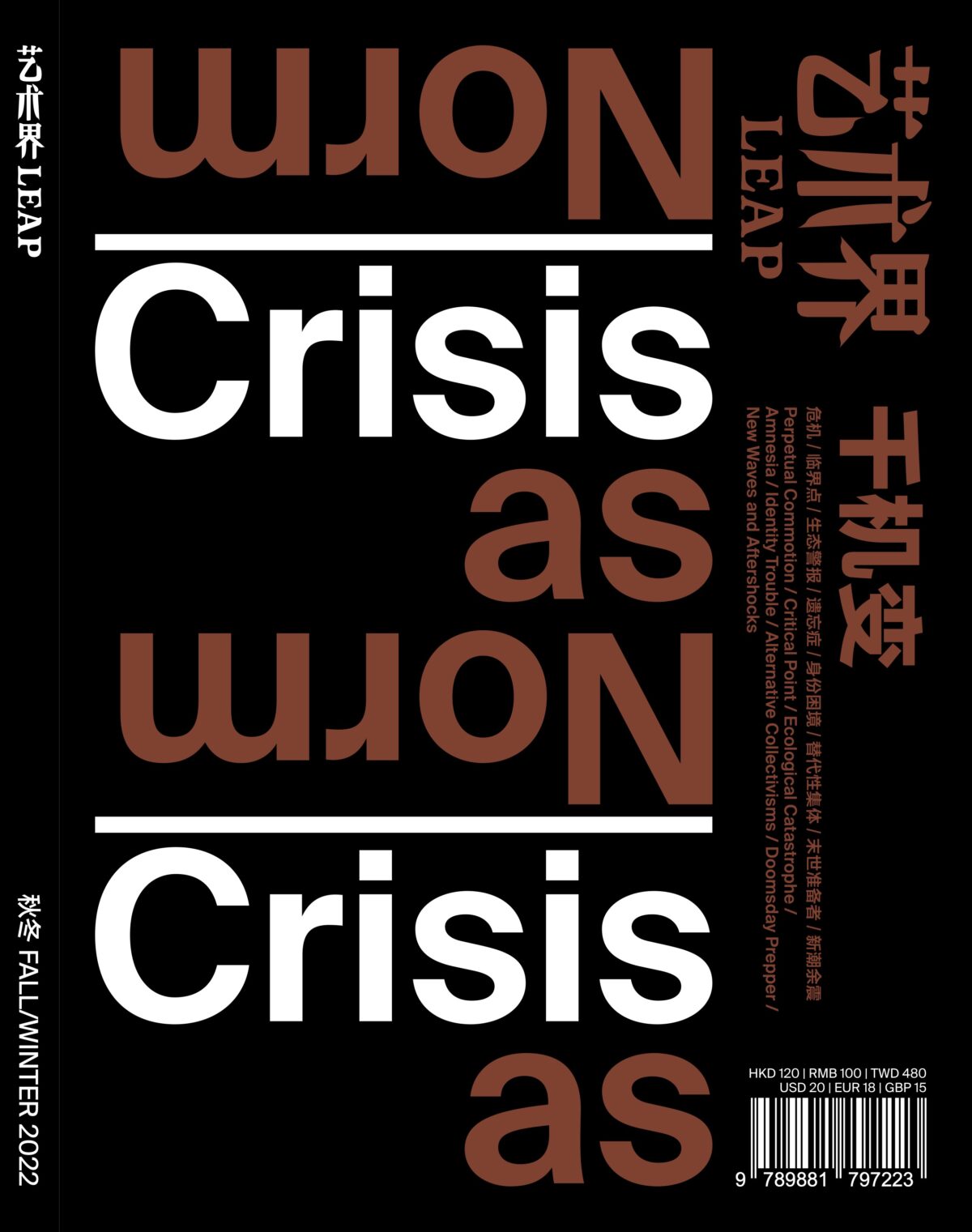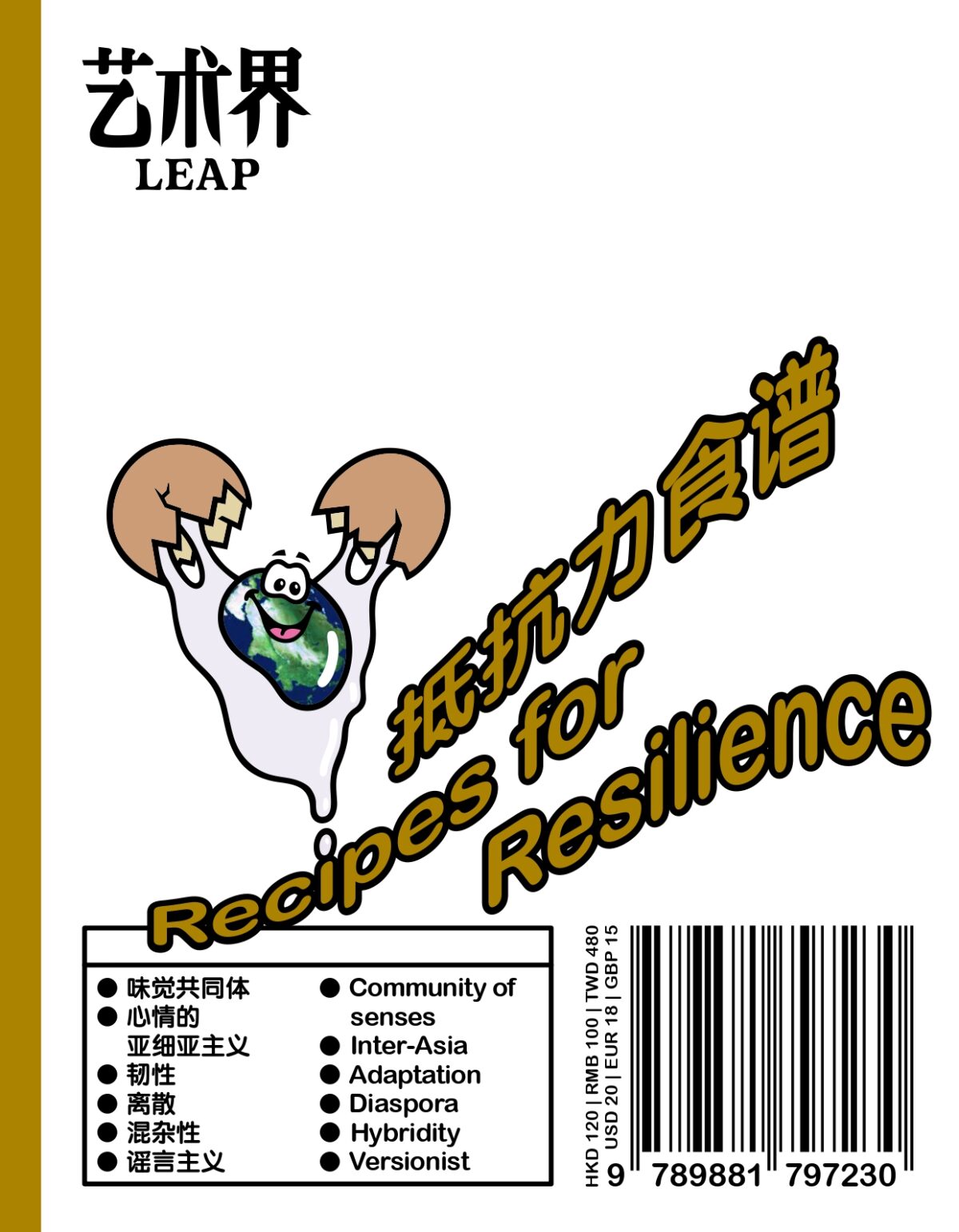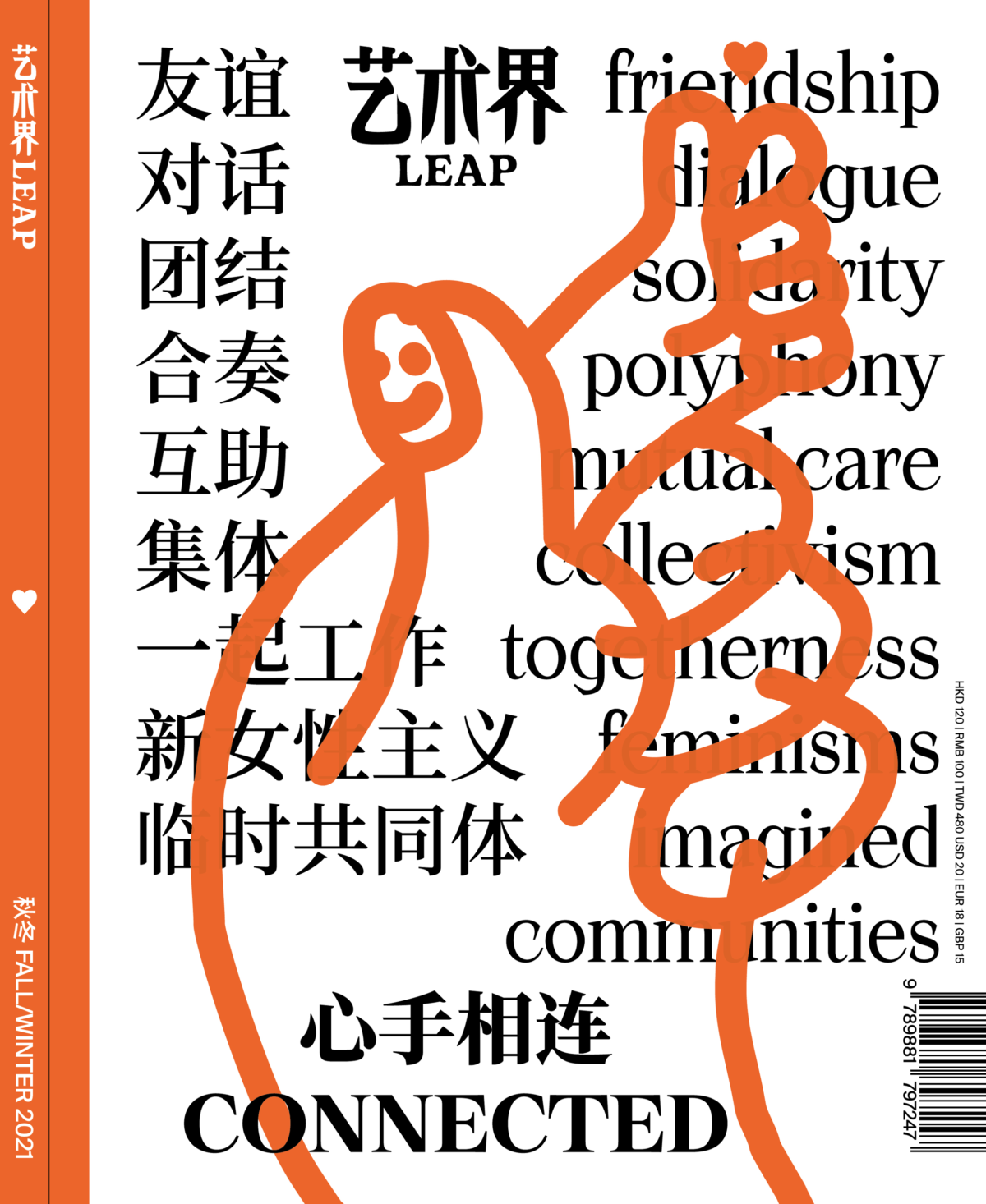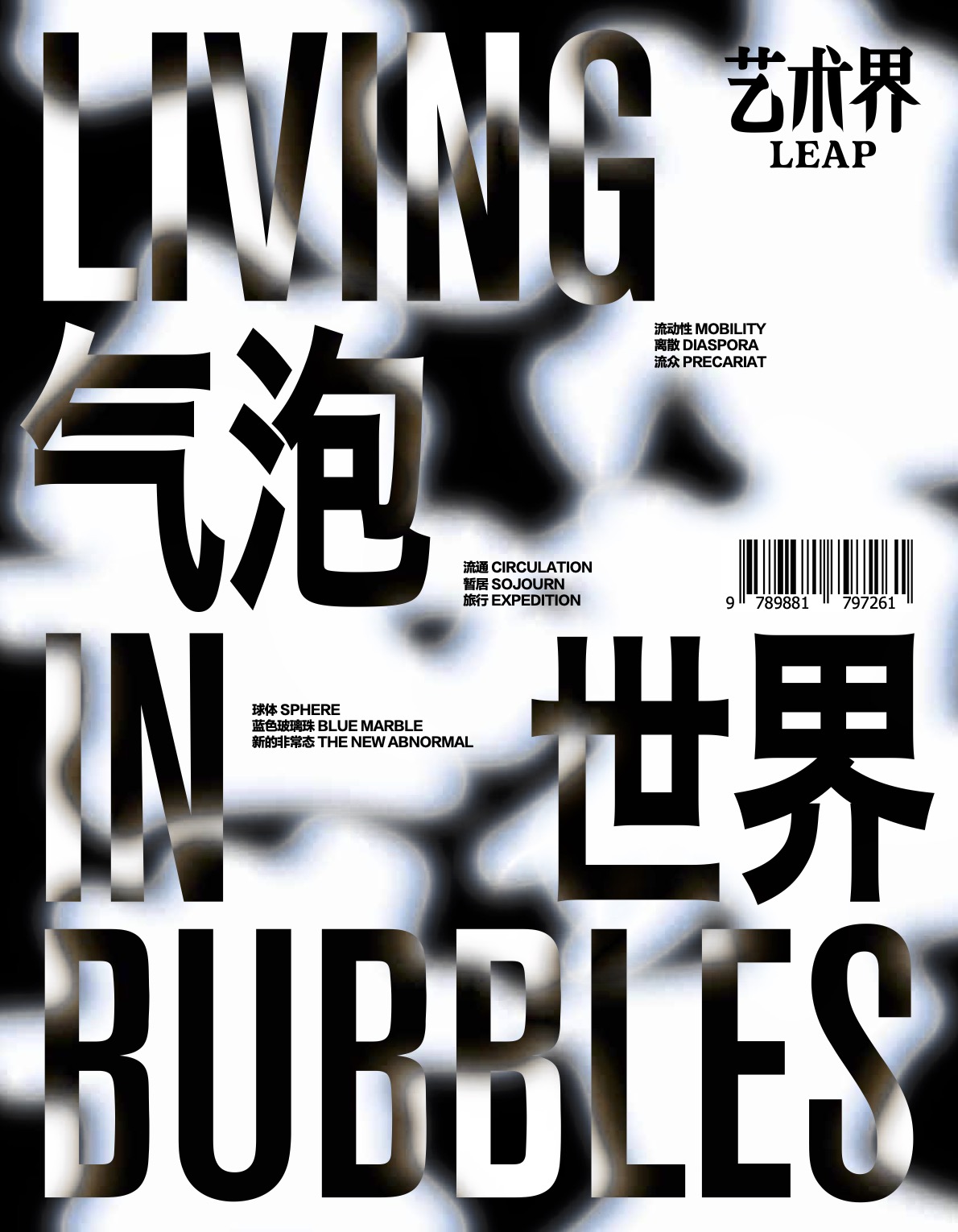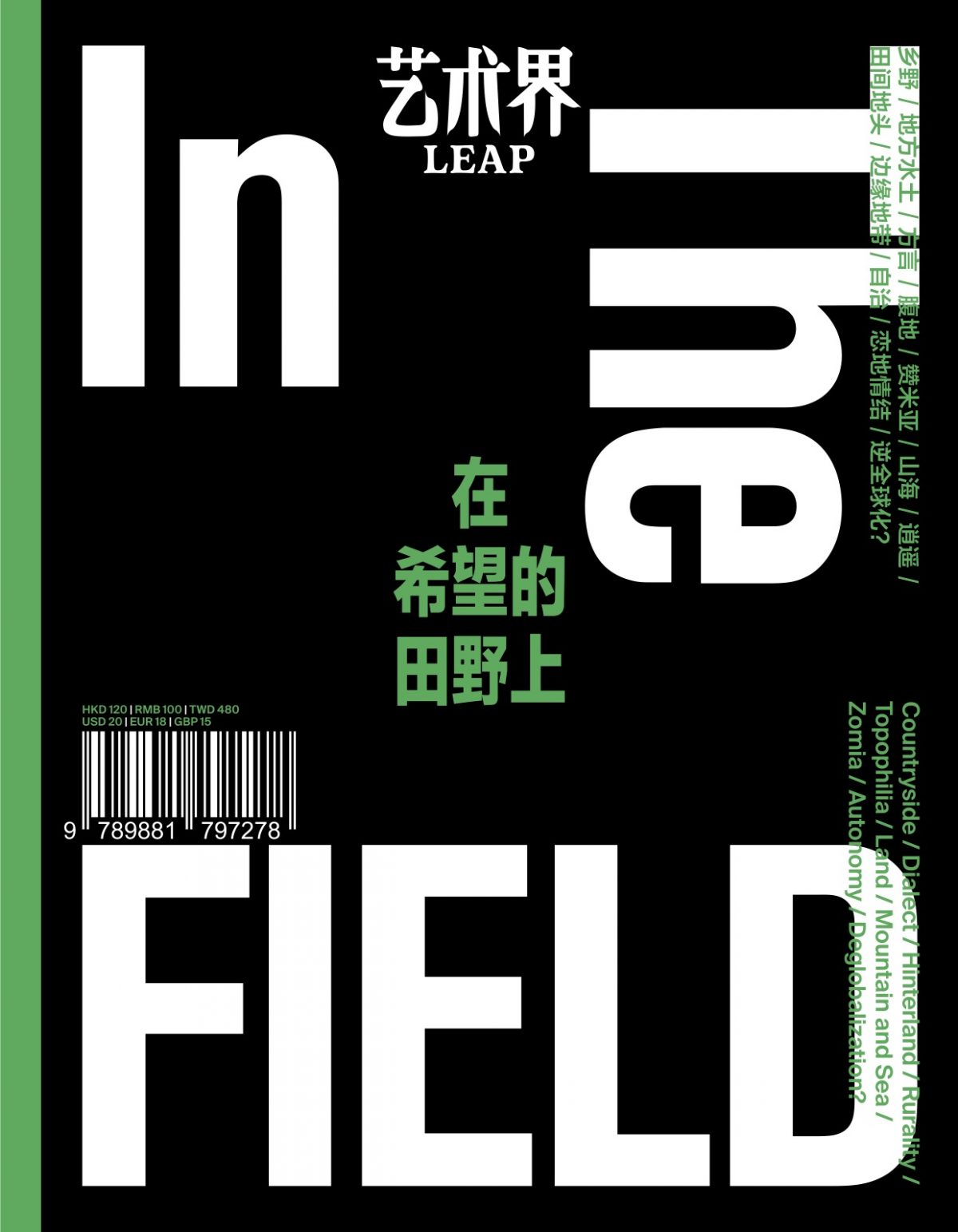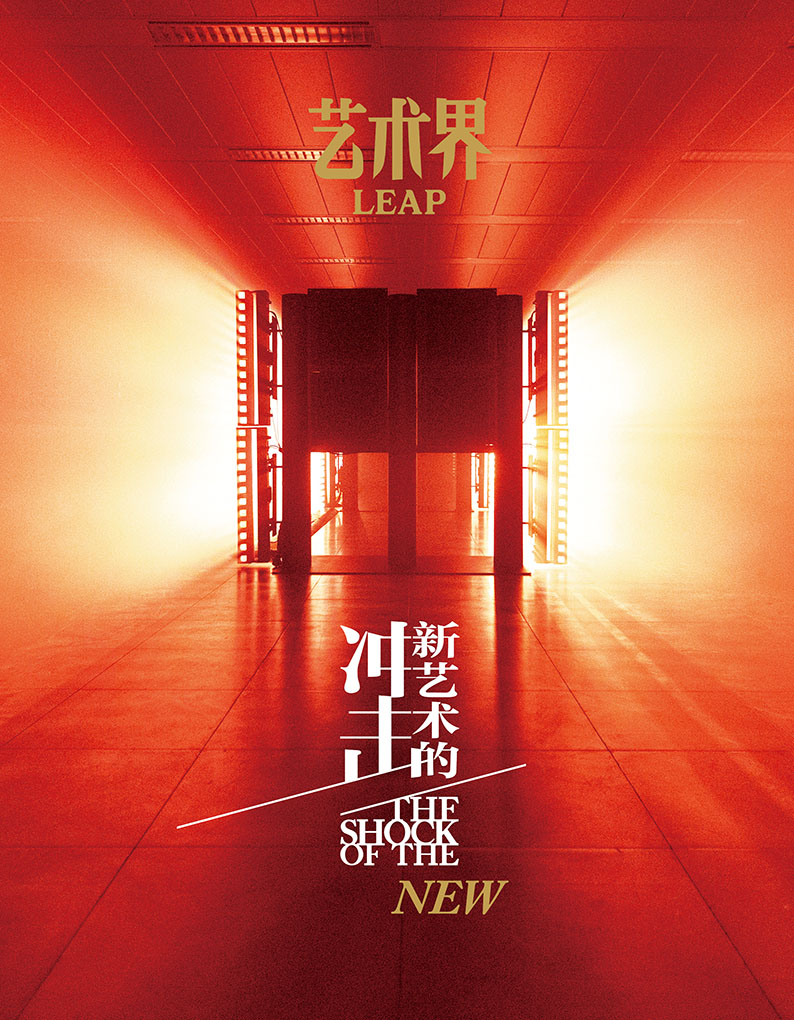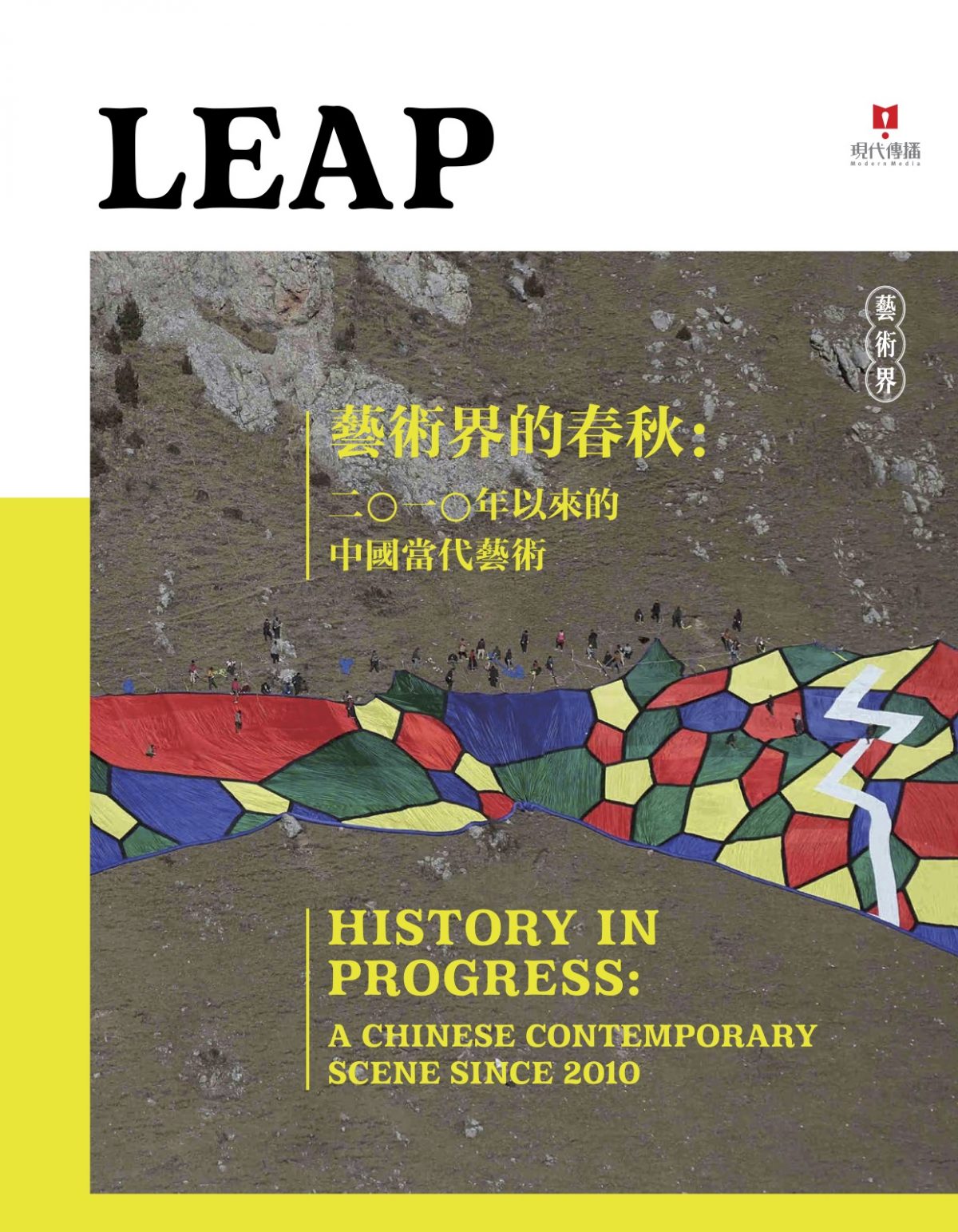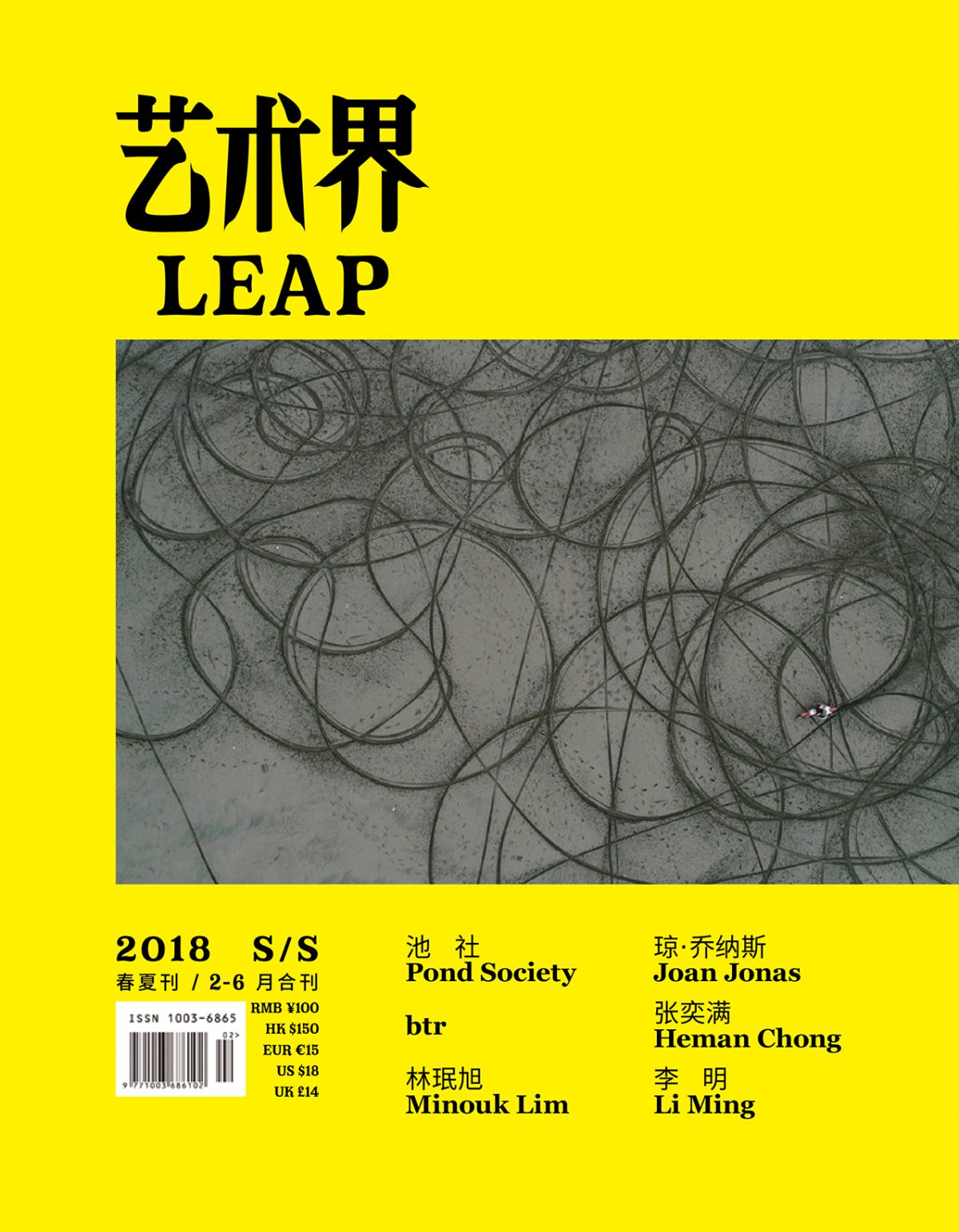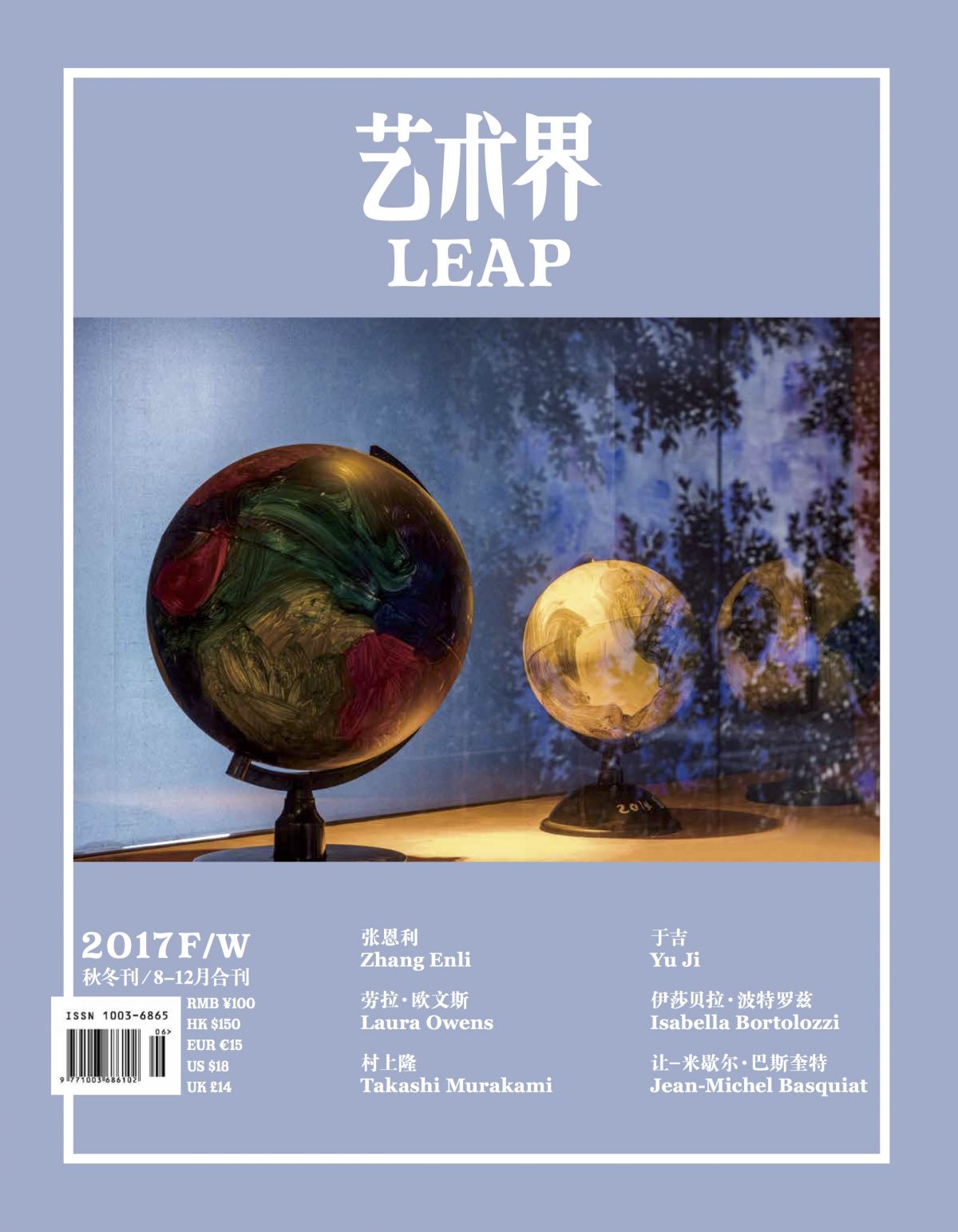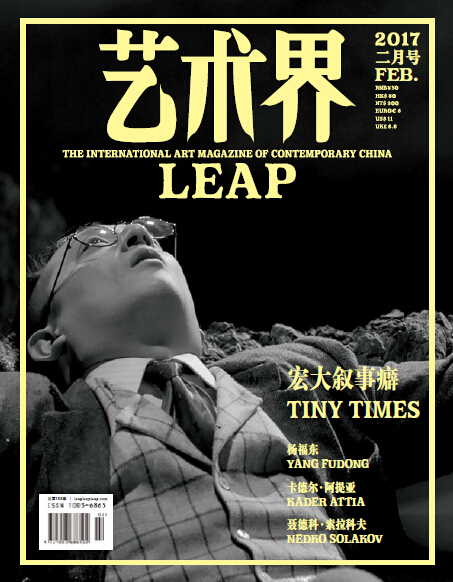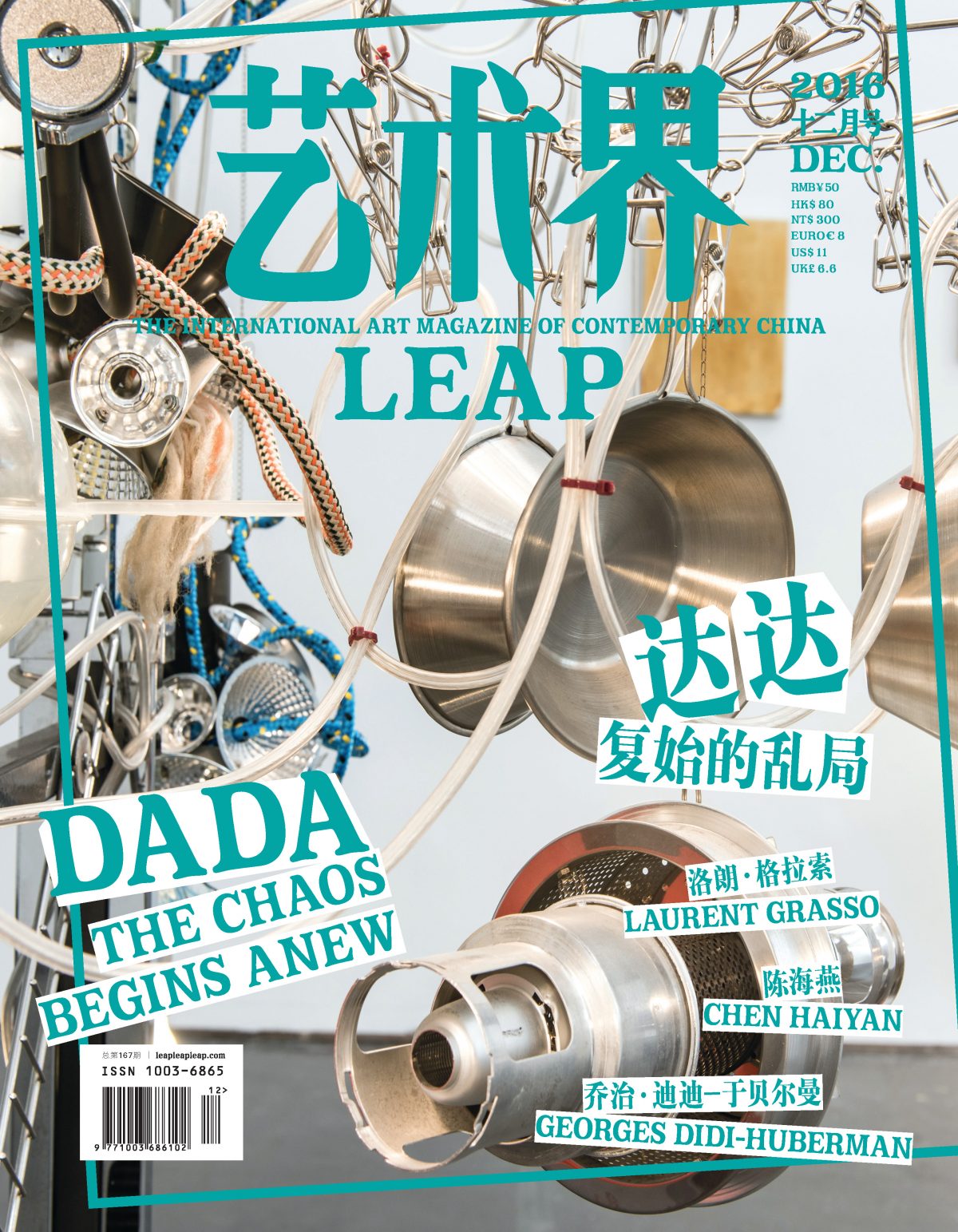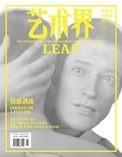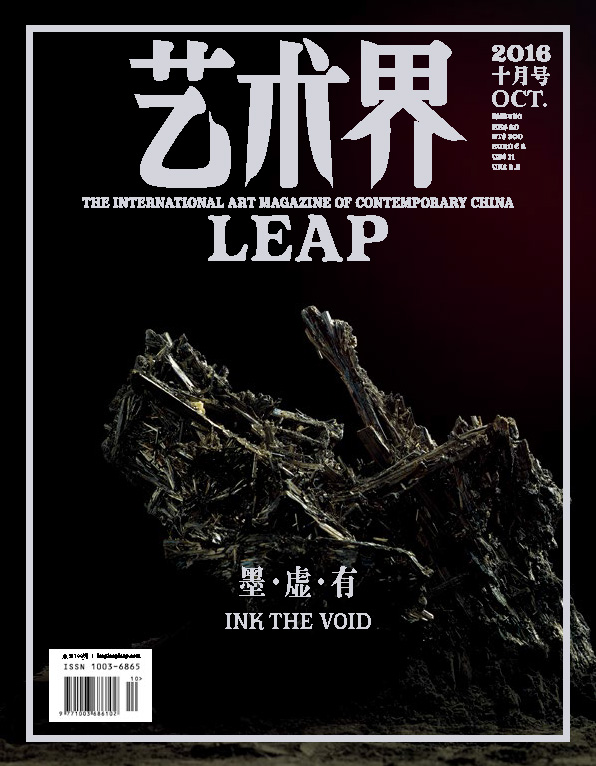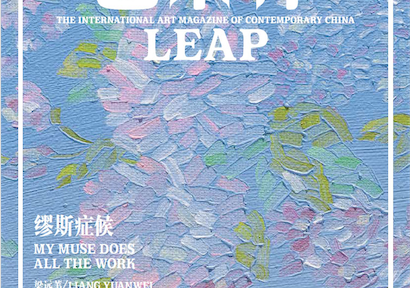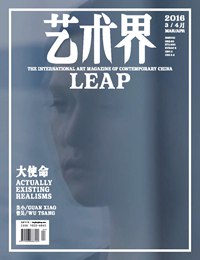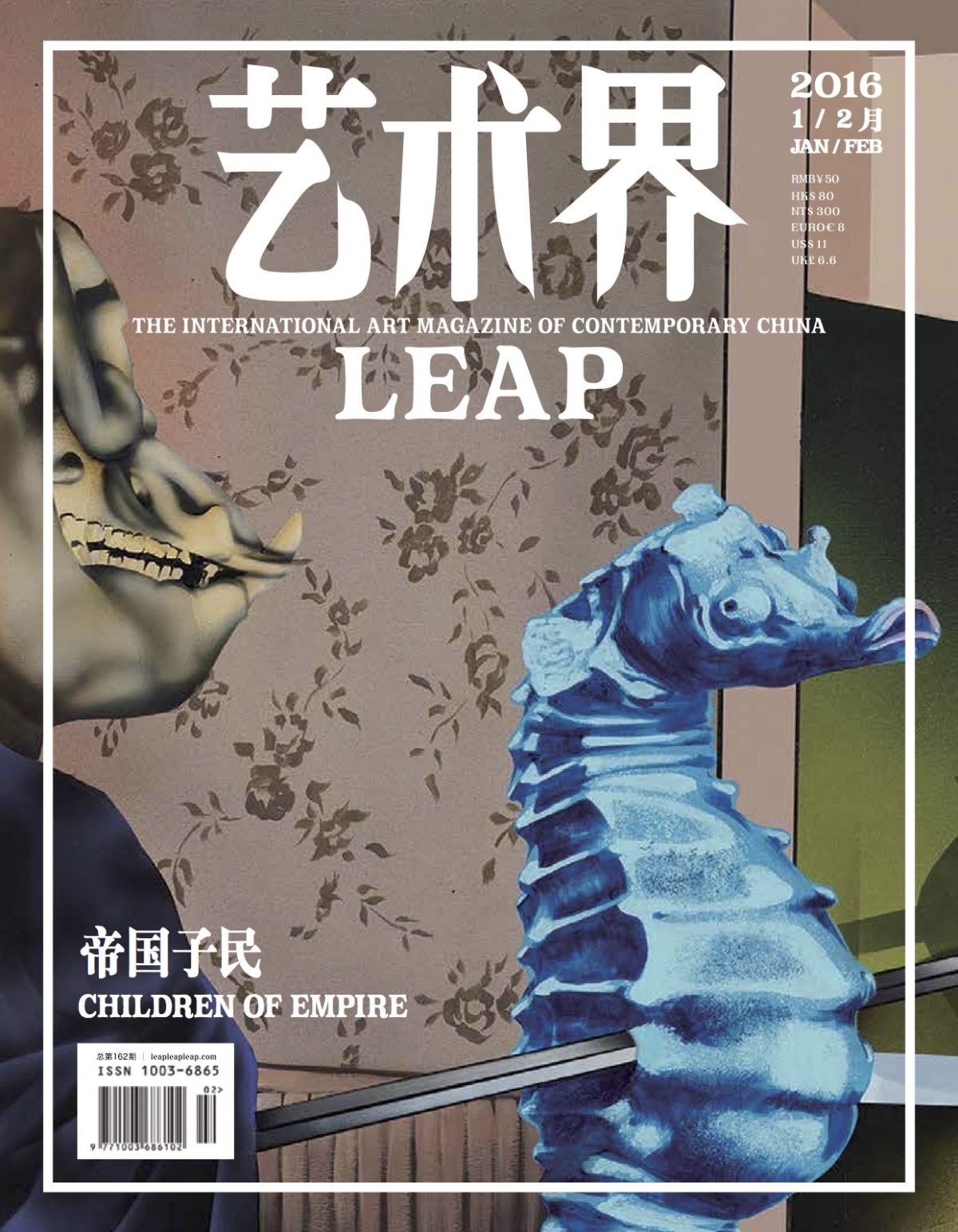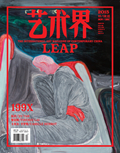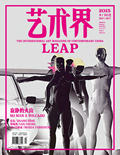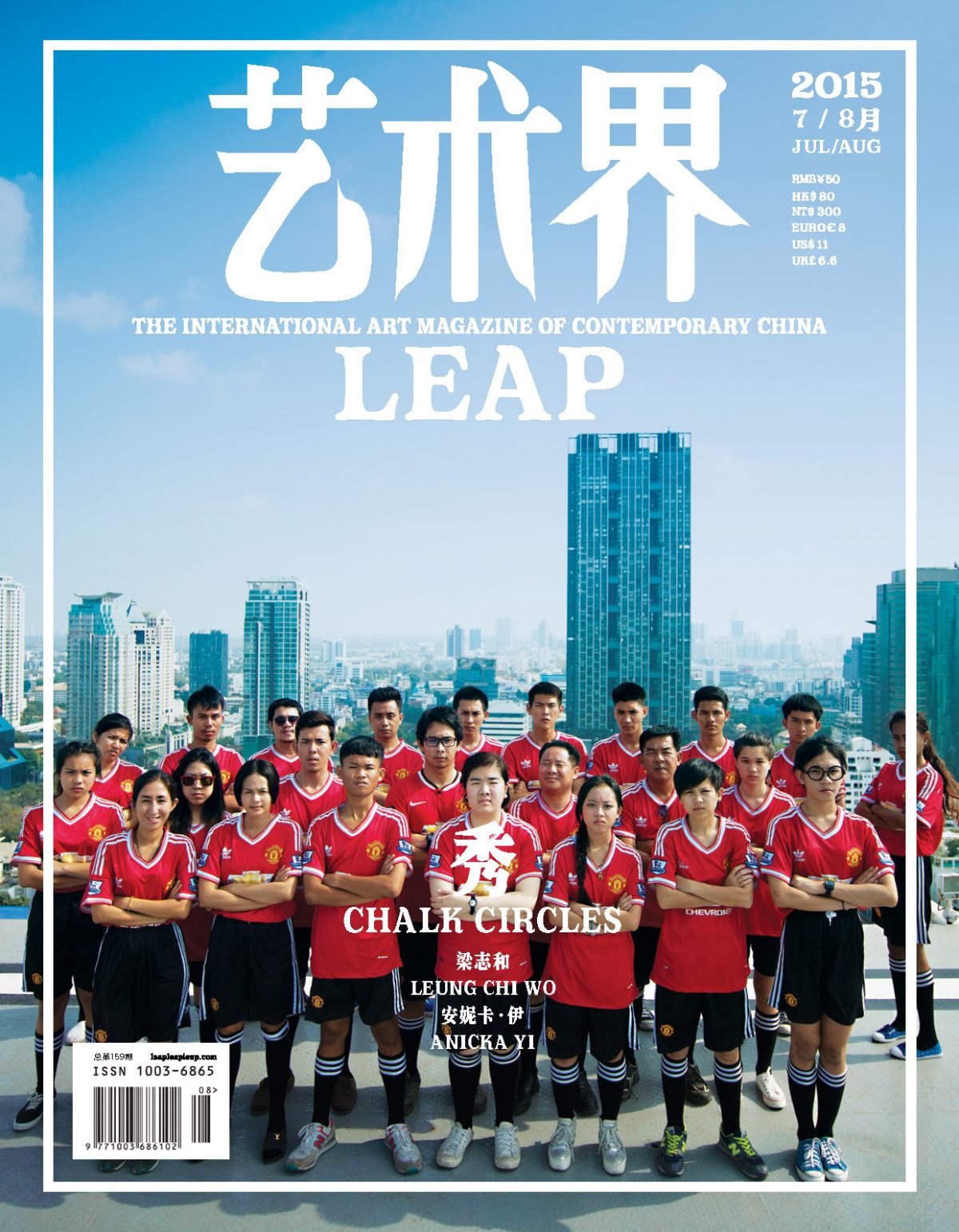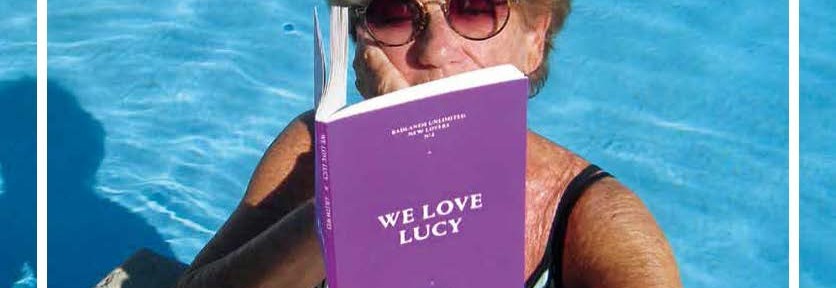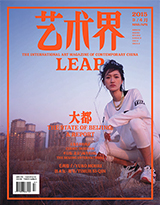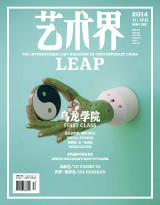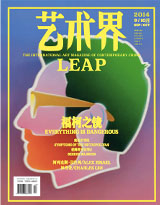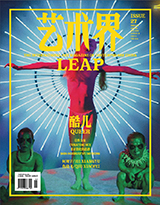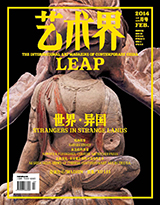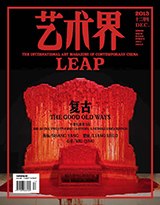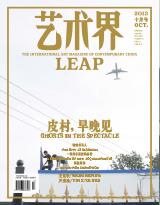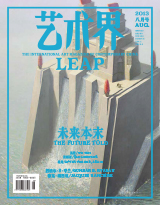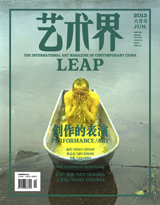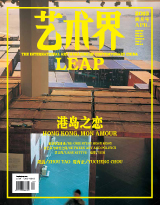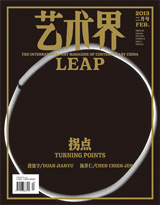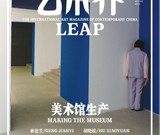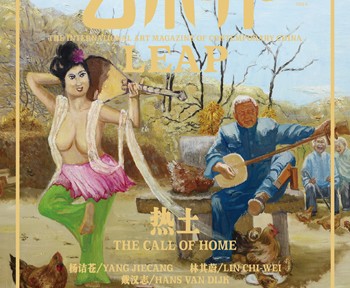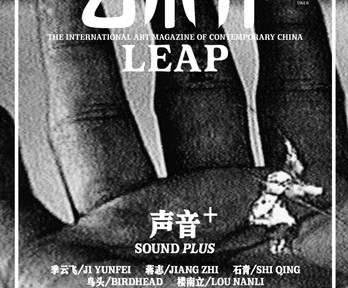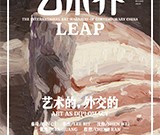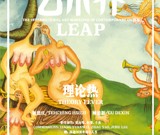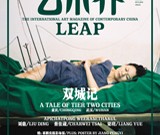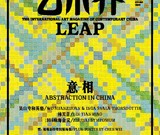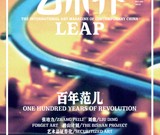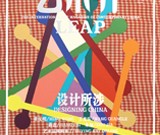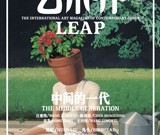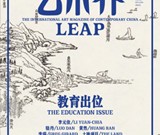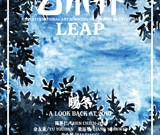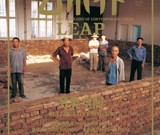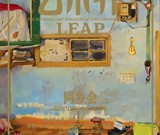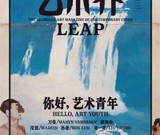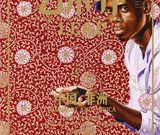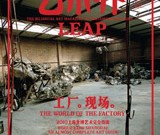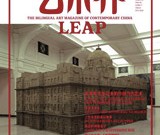Games are also worlds made of language. Through the technical languages of game engines, programming, and more, video games seemingly bring interactive worlds into being from the virtual void. However, no virtual environment is absolutely empty. Instead, they’re laden with their creators’ languages of cultural and aesthetic reference.
Read MoreThis small attic studio is a crossroads of diverse hidden worlds, and it is also a creator’s complete world, where all curiosities and explorations are their corresponding objects. Here, Xiao Longhua is always playing.
Read MoreIn dark play, every experience can be the establishment of a new game. The dominant influence of the game designer fades away, allowing players to redefine their characters within the game world and fundamentally alter the game’s nature through this reinterpretation.
Read More“People probably want to believe that they are using tools, instead of the other way around.” [9] This sounds familiar, and it also reveals Miao Ying’s vigilance for the morphing role of an artist: While taming the AI, how can artists avoid the scenario where they actually become the sheep that AI shepherds?
Read MoreFrequent bodily movements within urban space bring about spatial transformations and make certain objects simultaneously serve as mediums for conveying and obstructing human emotions. When suppressed emotions reach a critical point, detachment and violence begin to manifest in the space.
Read MoreIn many senses, utopia is not a static, perfect blueprint; it simply cannot be. It is a journey where those around you help you understand that your suffering is not alone, and will not be in vain. They care and respond to your misfortunes, as themselves as individuals, but also as a collective whole. And so do you to them. As your misfortune ceases to be solely your burden but becomes a valuable experience that can bring about collective transformation. And this transformation can be as small as a change in rent contribution in the community[18], it can as well be as big as a planetary shift.
Read MoreThe idealized living world that New Villages once represented dissipated accordingly…Only when introducing the origin of New Villages to new urban residents do people recall that seed of utopia from a distant time and space.
Read MoreWhat we see in slime is its abjection and monstrousness that may flow out of our control. Like the encounter between the terrestrial beings and Solaris’ ocean, in the countless attempts to access the unknown reality, humans helplessly project themselves onto the slime surfacing from the unknown reality.
Read MoreWe shall reject a pseudo-utopian calmness and stay in the disturbing forces of the universe – a universe that creates and constitutes us, and constitutes animals, and constitutes organisms, and constitutes the rest and the others. Life shall then be understood inclusively as a set of strange and intimate relations, inter-depending each other.
Read MorePerhaps now is the moment when Lu Pingyuan is breaking down the boundaries between tangible forms and intangible messages—people, objects, stories, dreams, and memories, are all containers in constant transformation, capable of rescuing and sheltering one another, temporarily detaches Lu from the art ecosystem and societal reality, momentarily stepping away from the heated and intricate political landscape.
Read MoreIn a world where friction is recognized and allowed, we can move forward in a more thoughtful way – not just swiftly and unthinkingly, like a cursor flicked across a screen, but with the deliberate and purposeful pace of a mindful traveler. And it is in this richer, more engaged interaction with the digital, that the promise of true progress lies.
Read MoreAs an “adventurer” of contemporary art in the Middle East for 30 years, the Sharjah Biennial has come to a turning point this year. Themed “Thinking Historically in the Present”, the 15th Sharjah Biennial brings together the work of more than 150 artists from different cultural contexts around the world, attempting to mark the turning point as also a starting point for reviewing, calibrating and repositioning the Biennial’s own connection with the cultural context of the Gulf region, the Global South and the postcolonial constellation.
Read MoreWhat will become of “smooth aesthetics” as politics and place reassert themselves over the operations of global systems? China’s internet and technology ecosystem, long separated from the rest of the world, already serves as a guide for digital cultures to come.
Read MoreWhich sort of painting—or a kind of art that appears smooth and shows the potential in acting as a “double agent”—can be obedient yet rebellious, creating smooth surfaces while overcoming the very smoothness from the inside?
Read More“The epistemological void quickly turned to an existential one,” the projected head continues. “In the past month, I couldn’t shake the suspicion that we’re not real. Maybe we are simulated by higher beings, or maybe we’re just someone’s abandoned hallucination, an orphaned dream, or maybe we are inhabiting a fiction about the future….”
Read MoreThe preciousness of Guo Yingguang’s practice lies in its continuous self-reflexivity. In retrospect of her professional career, the artist reveals that there is still a rupture within her between the “habits” from working in the press and her experiences of being an artist; it remains an ongoing project for her to make these experiences “completely becoming ‘me.’” Meanwhile, in her practice with a public nature, in the attempt to approach the relationship with other people that is either actively dominant or temporarily discursive and distant, Guo realizes, “I have always absorbed the energy of others—regardless if it comes in the form of help or criticism.”
Read MoreMuch like in the UK and the US, the discussions of “community” revolved around local governance and social welfare, but these debates emerged largely in response to the decline of the planned economy system; and the definition of community is still based on location, rather than culture or identity. Although there was a range of relevant policies, community never actually play a significant role in state governance. Until the last five years especially after the pandemic, all the citizen now aware of which community they are located at. But to this day, what is “community” in China?
Read MoreWhen decolonization refers to the privilege of exceptionalism within each individual, the post-WWII order, which once delivered stability, prosperity, and pluralism, faces a fundamental disintegration on all levels: political, economic, cultural, artistic, and religious, progressing to the “pre-World War III art” that is both highly destructive and constructive.
Read MoreIn the days shrouded in opaque uncertainty, many of us were placed face-to-face with special measures, and had to deal with inutile efforts and unexplained loss. In the art industry, most people are put through the Sisyphean cycle that events and plans are postponed, rescheduled, or started all over again. It is nonetheless no news to us that women often obtain such gain as to be disproportionate to the effort they make, thinking of all the domestic errands and care services they are asked to take care of. From the menstrual cycle to childbirth, women live with “uncontrollable bodies” for a long time, with their life always “disrupted and started all over again.”
Read MoreThe sceneries and characters that become figural by chance are self-revealed hints of the artist’s lodging in the void; they are conduits of joys and sorrows once real, places for Owen Fu’s geisttiere to dwell and play.
Read More